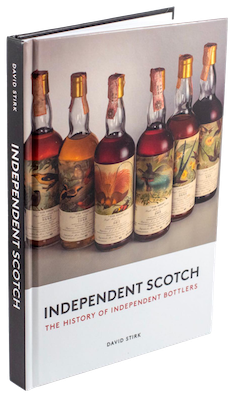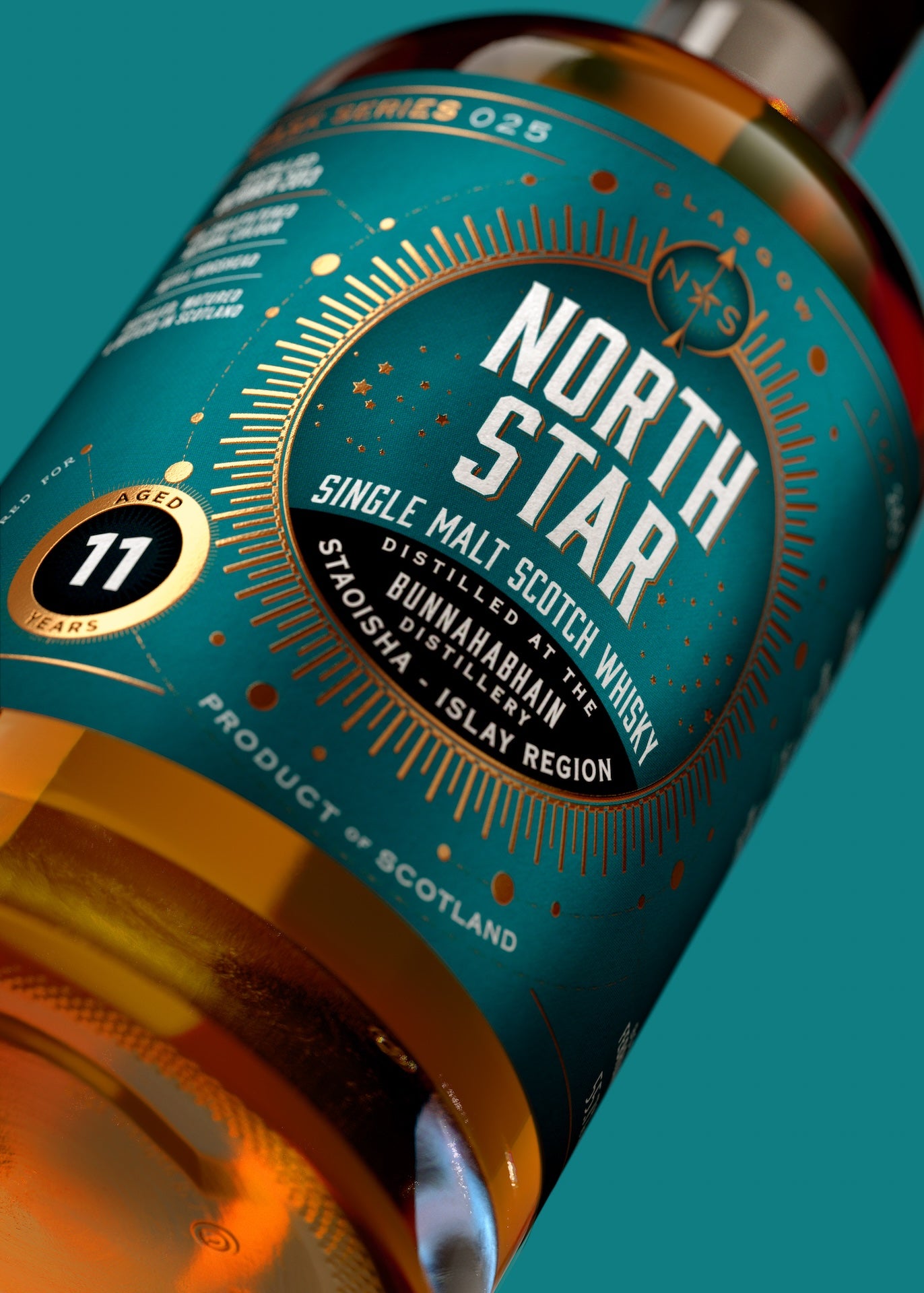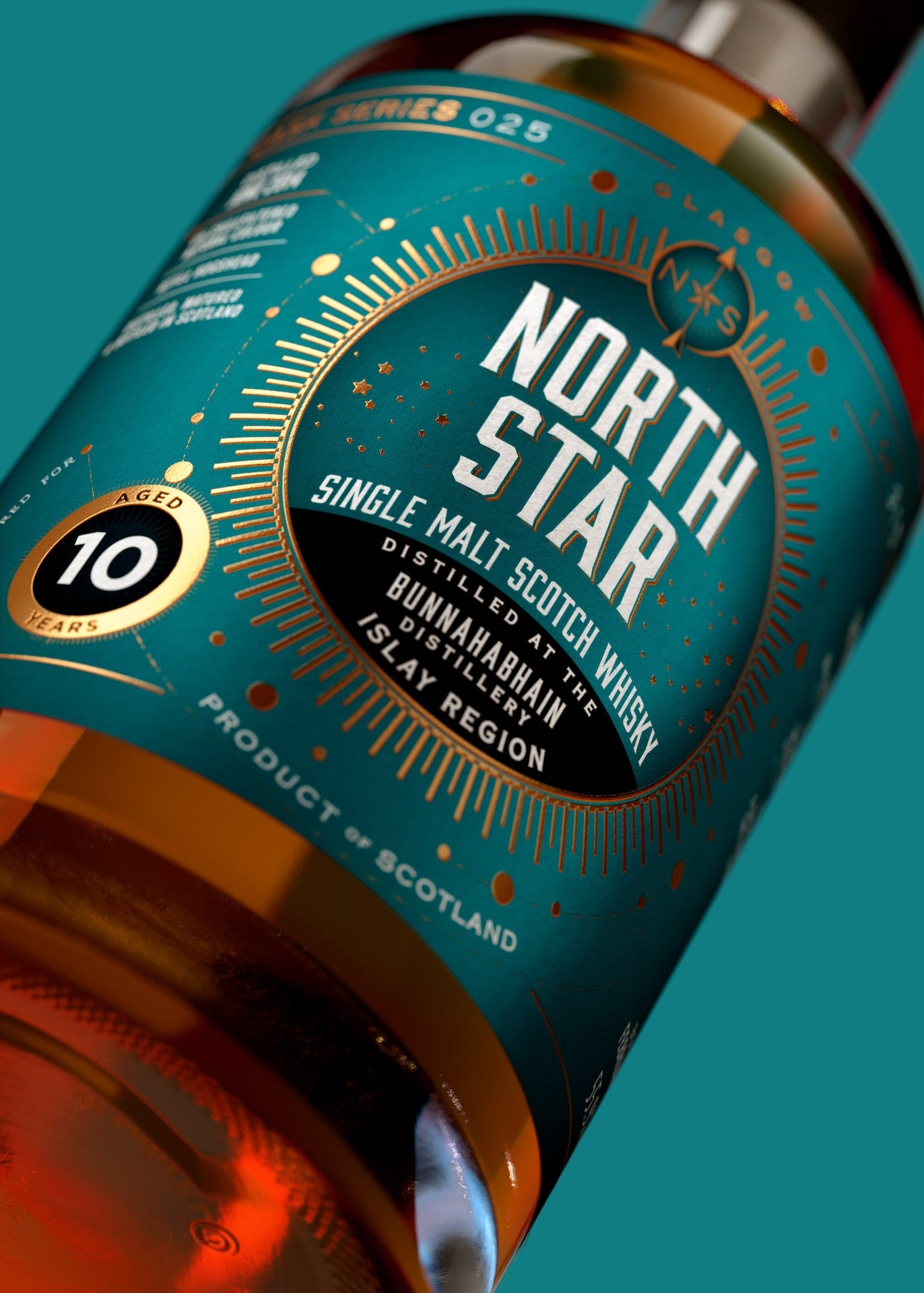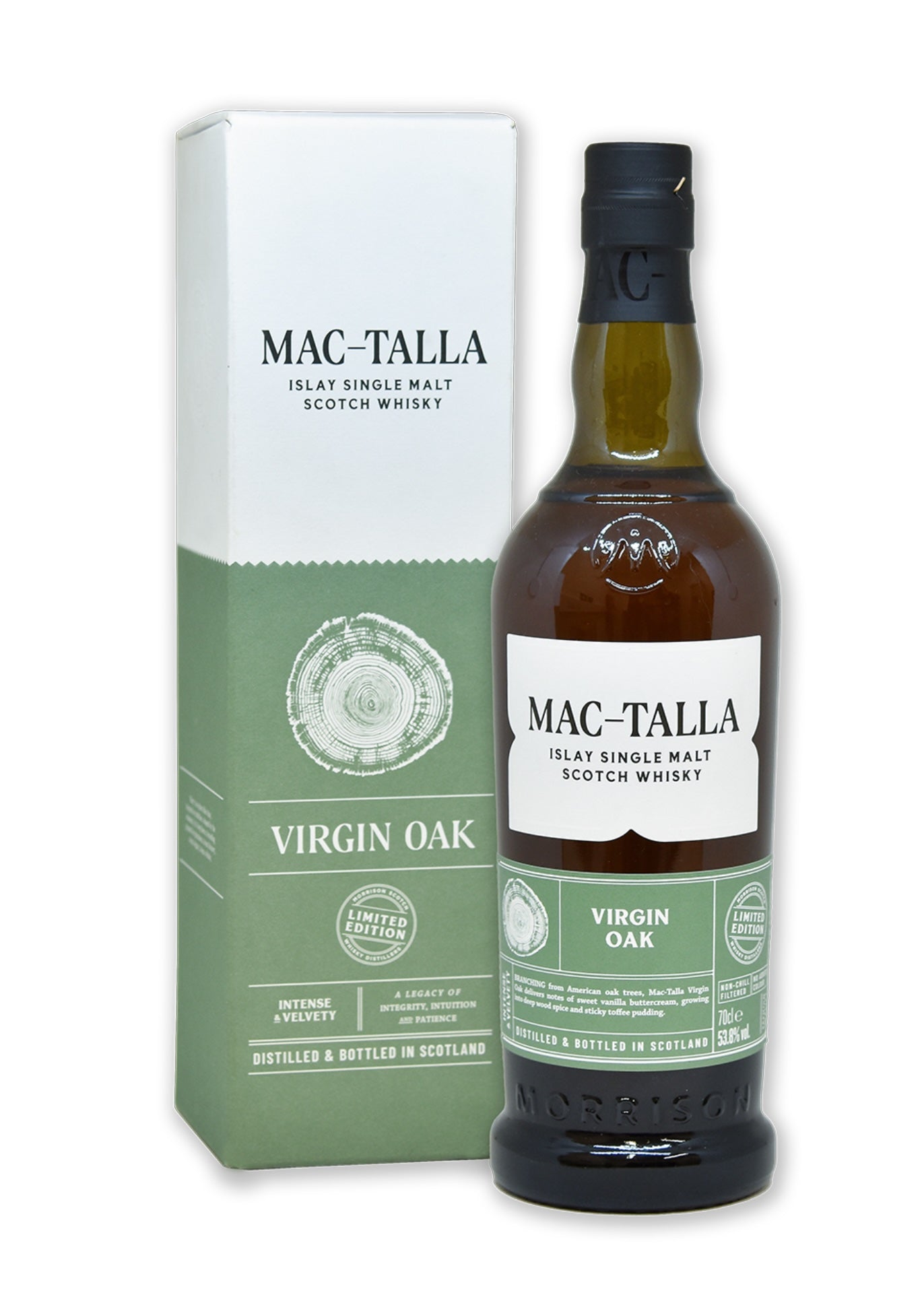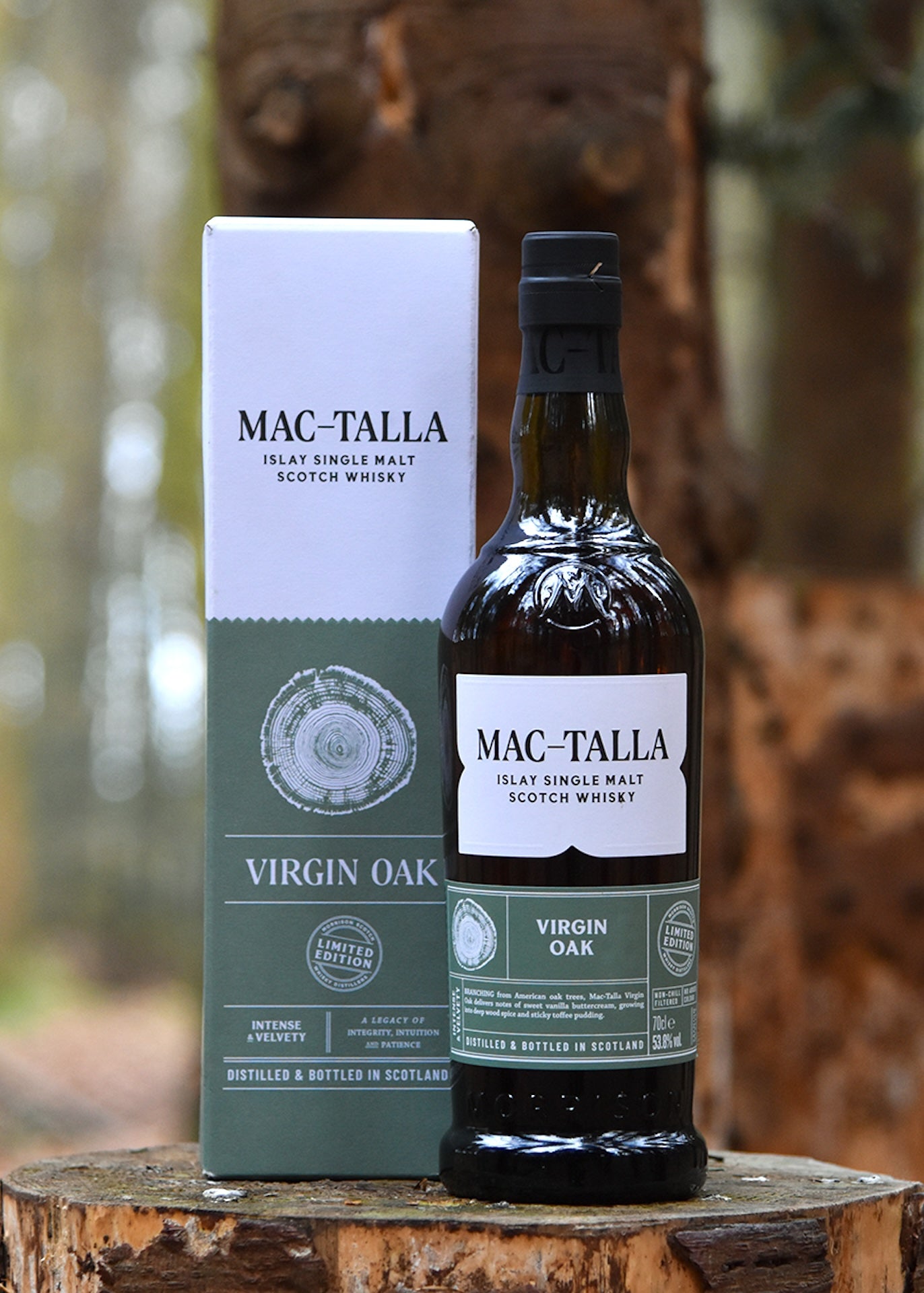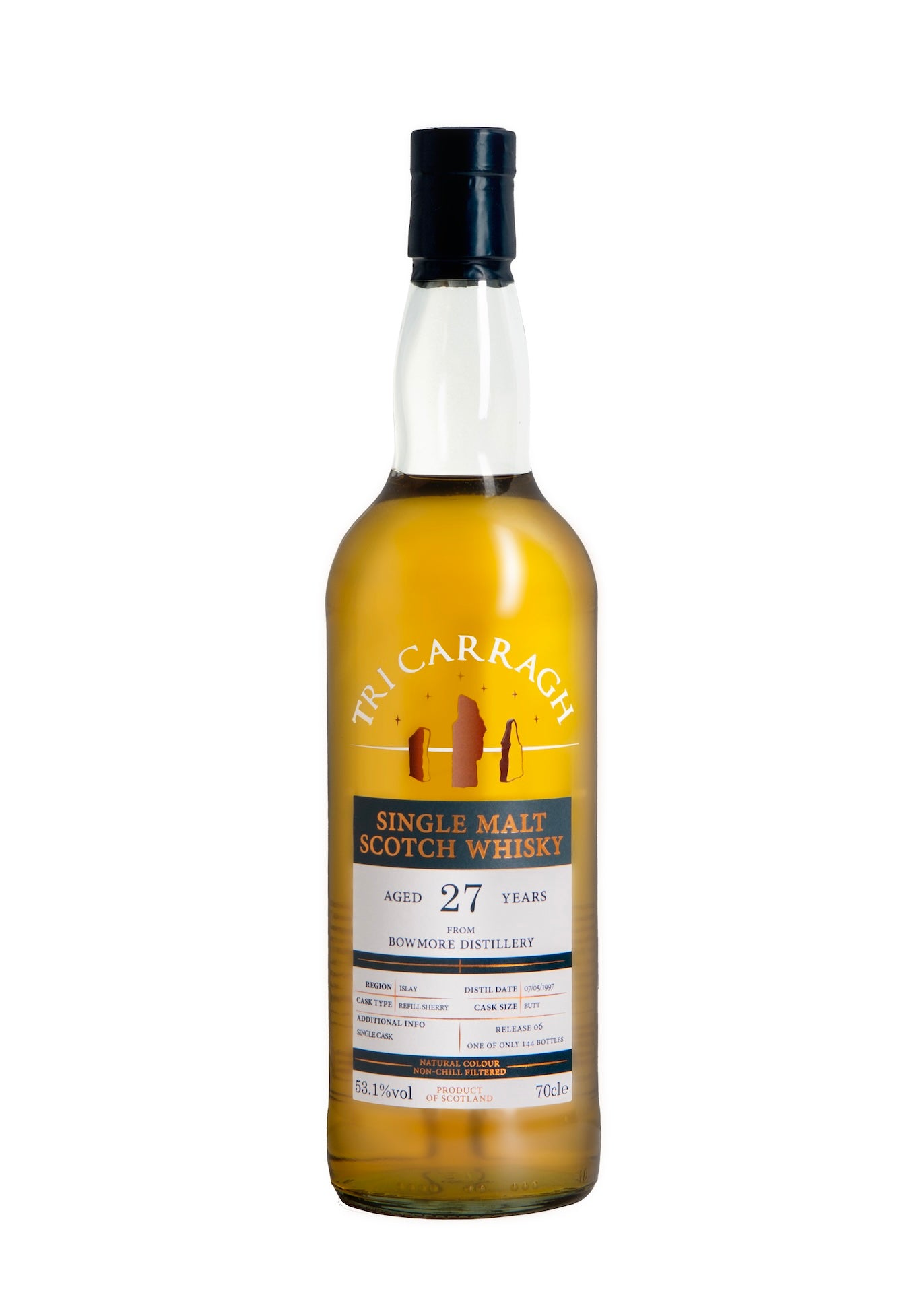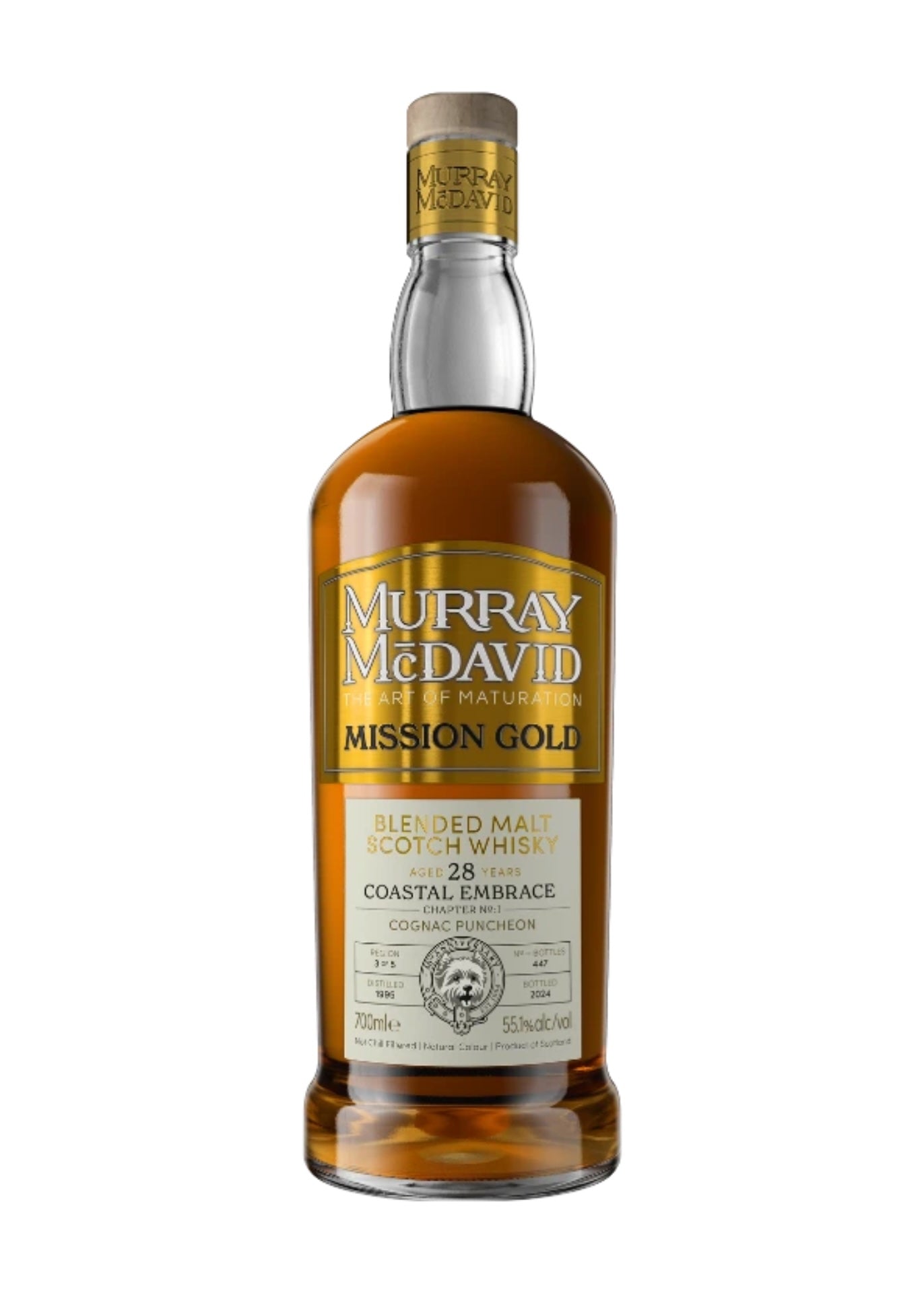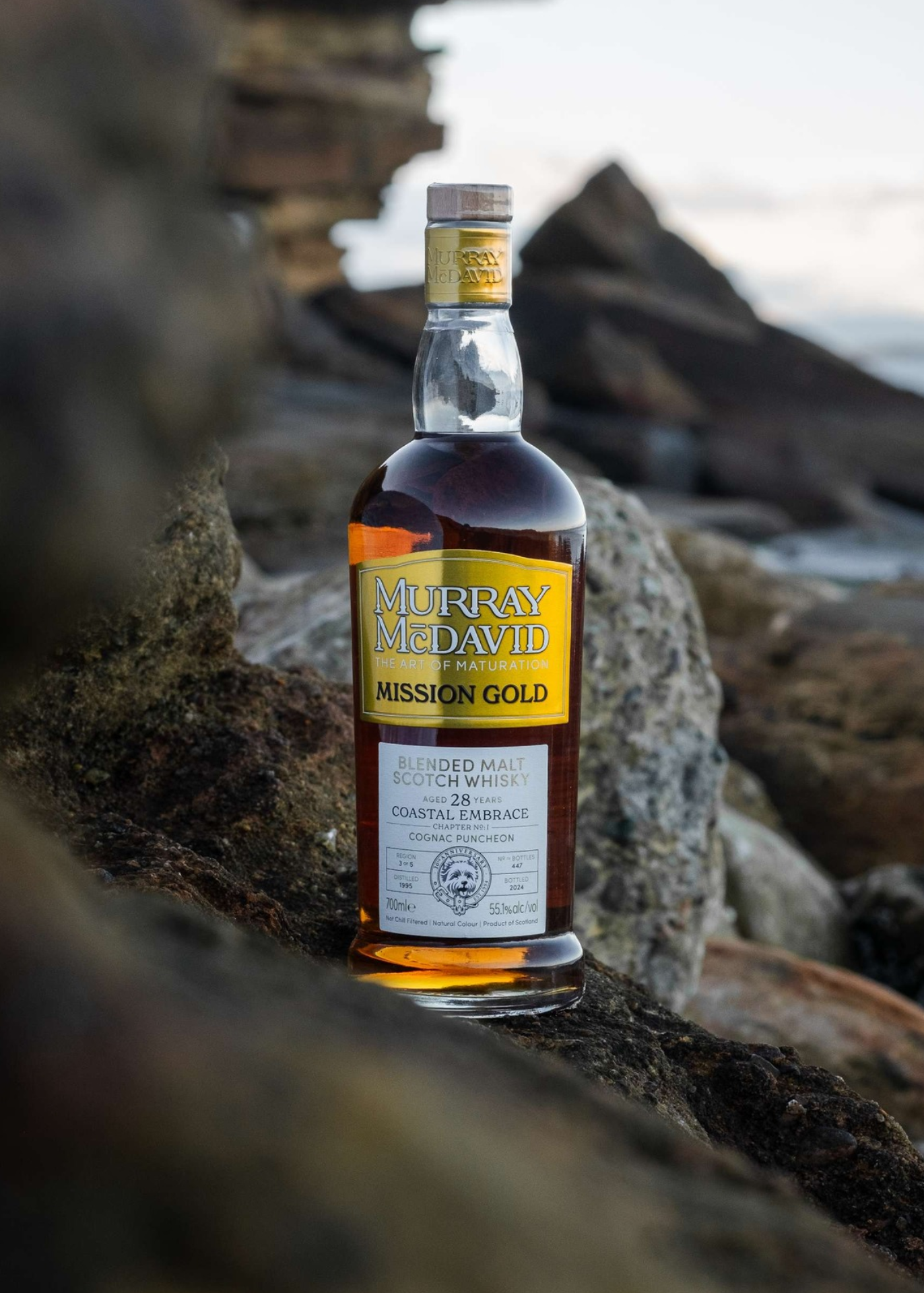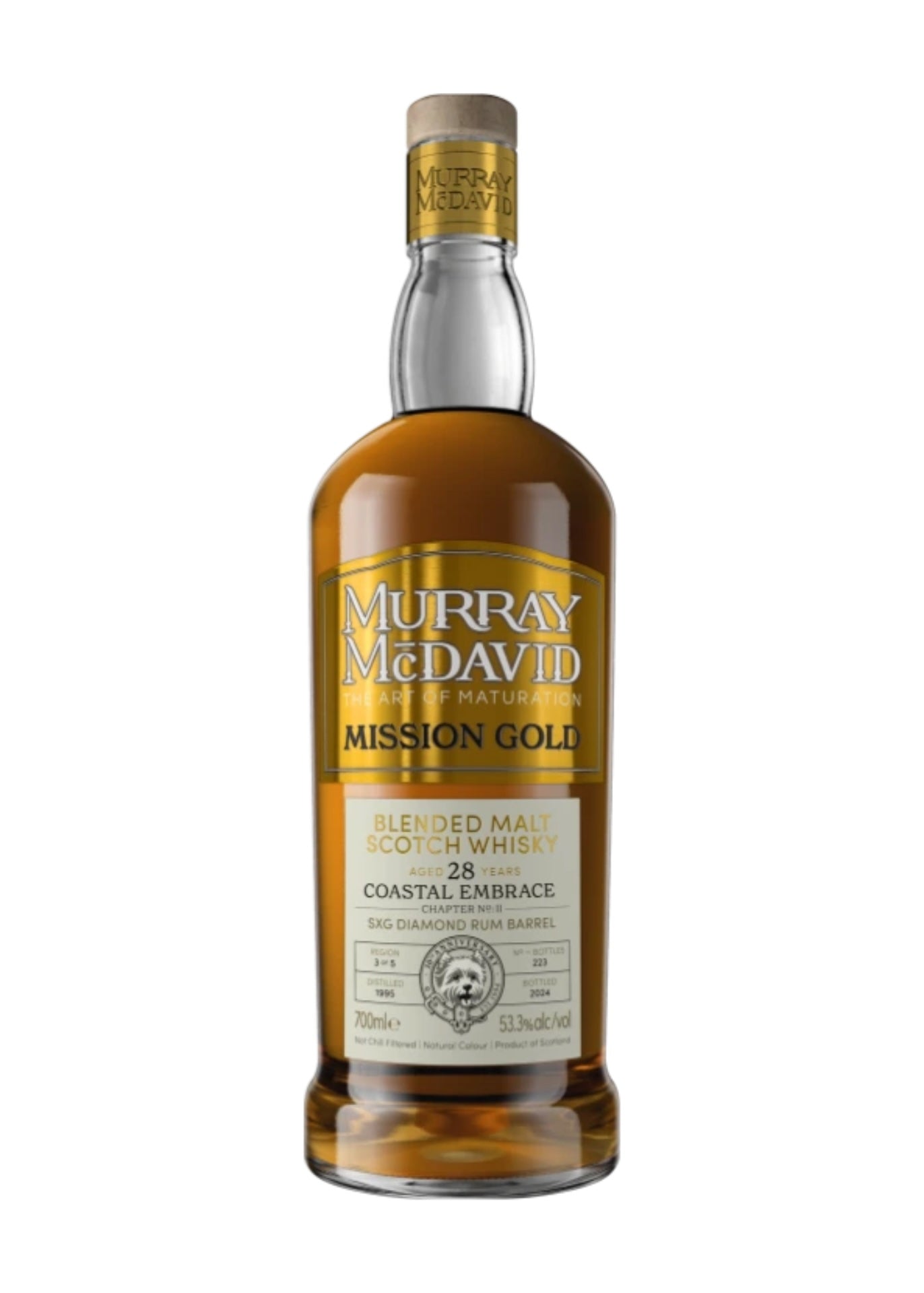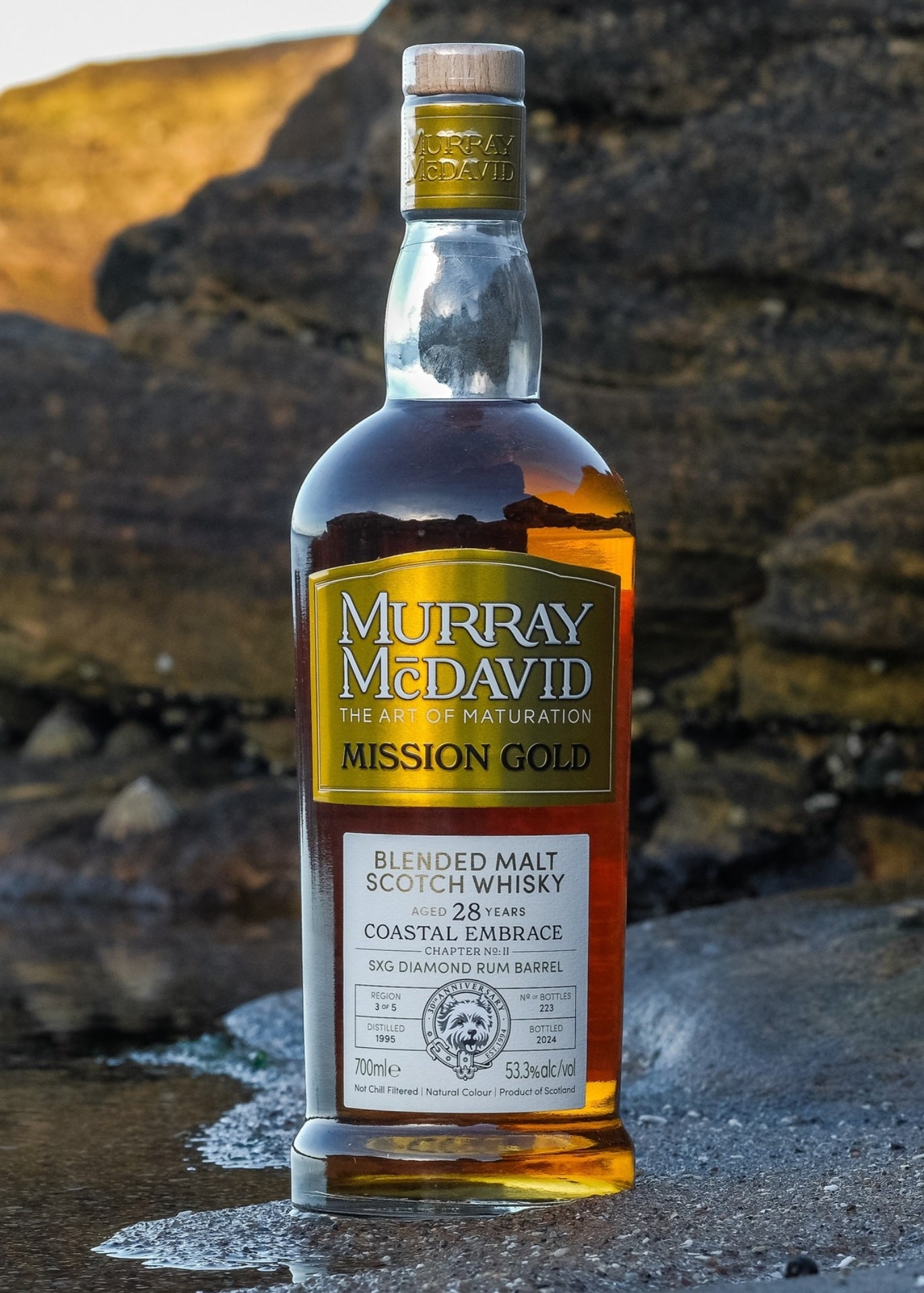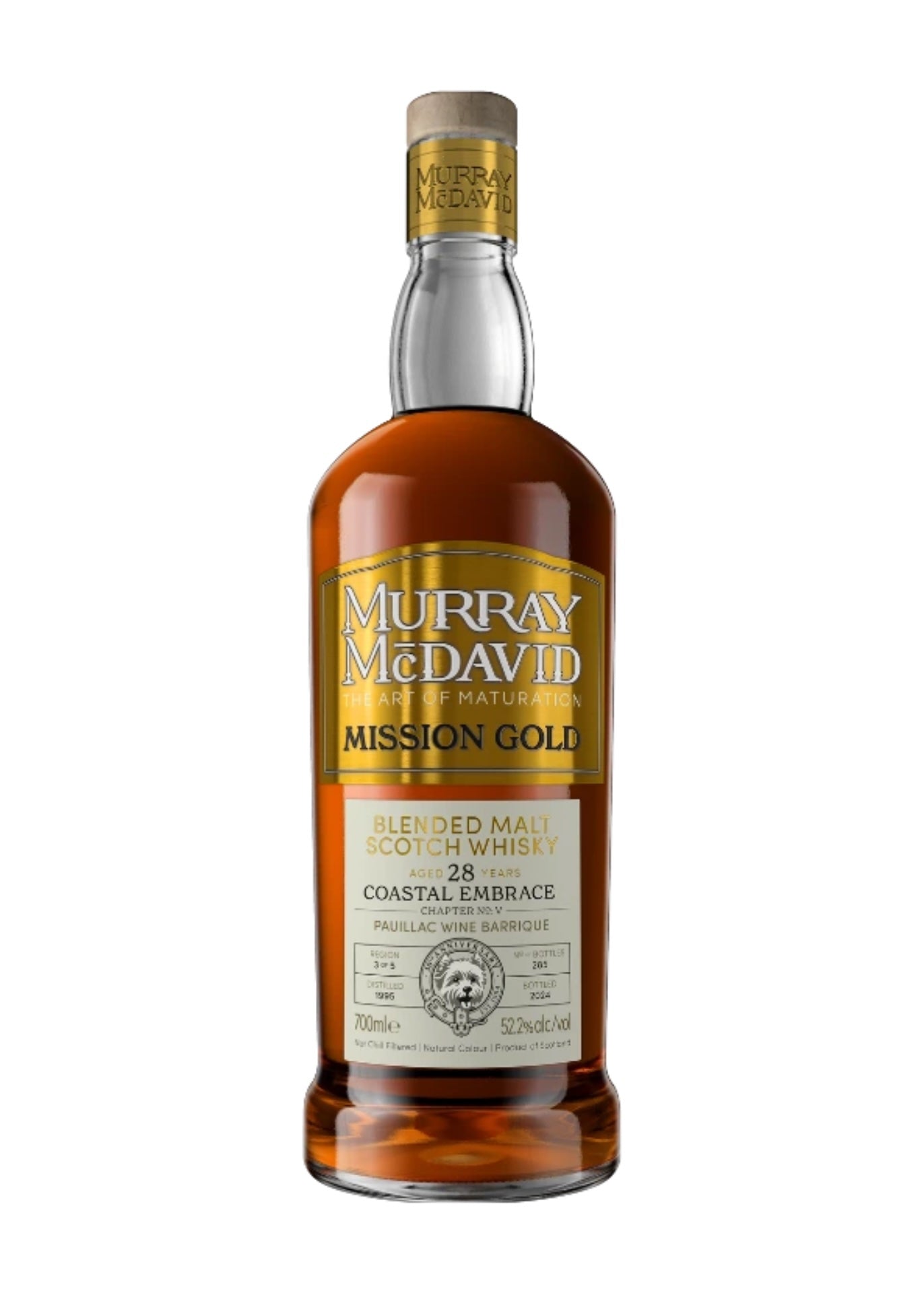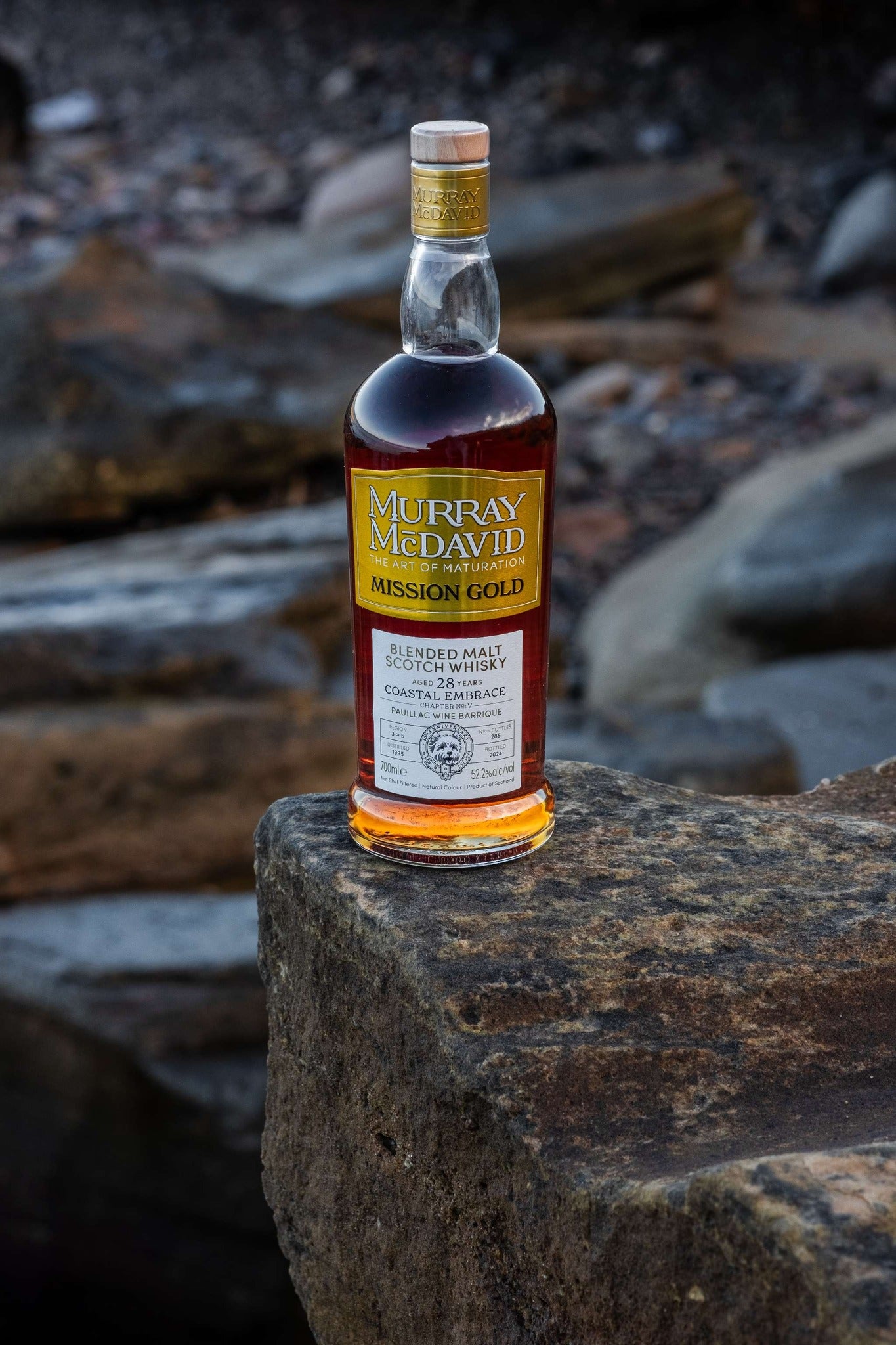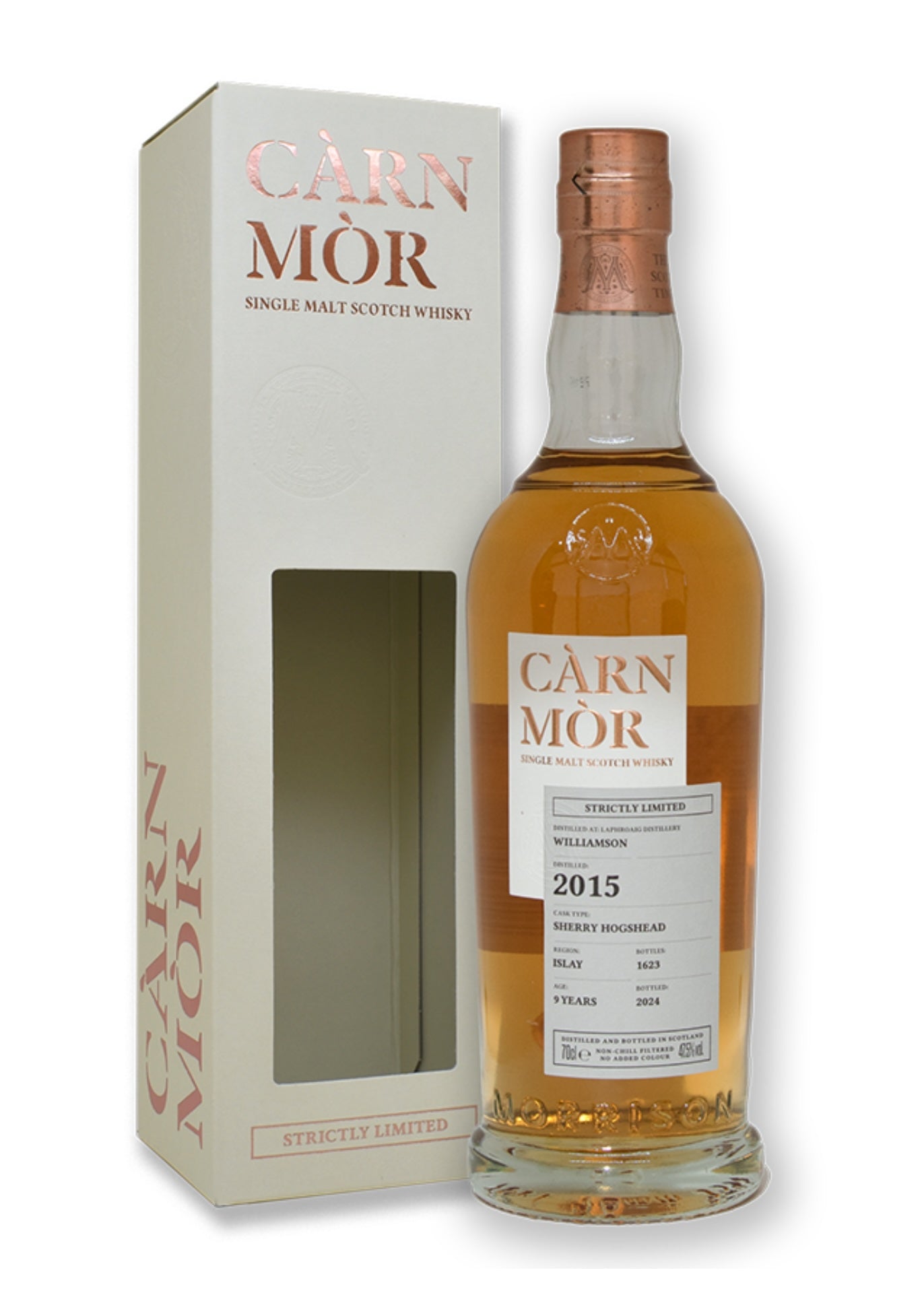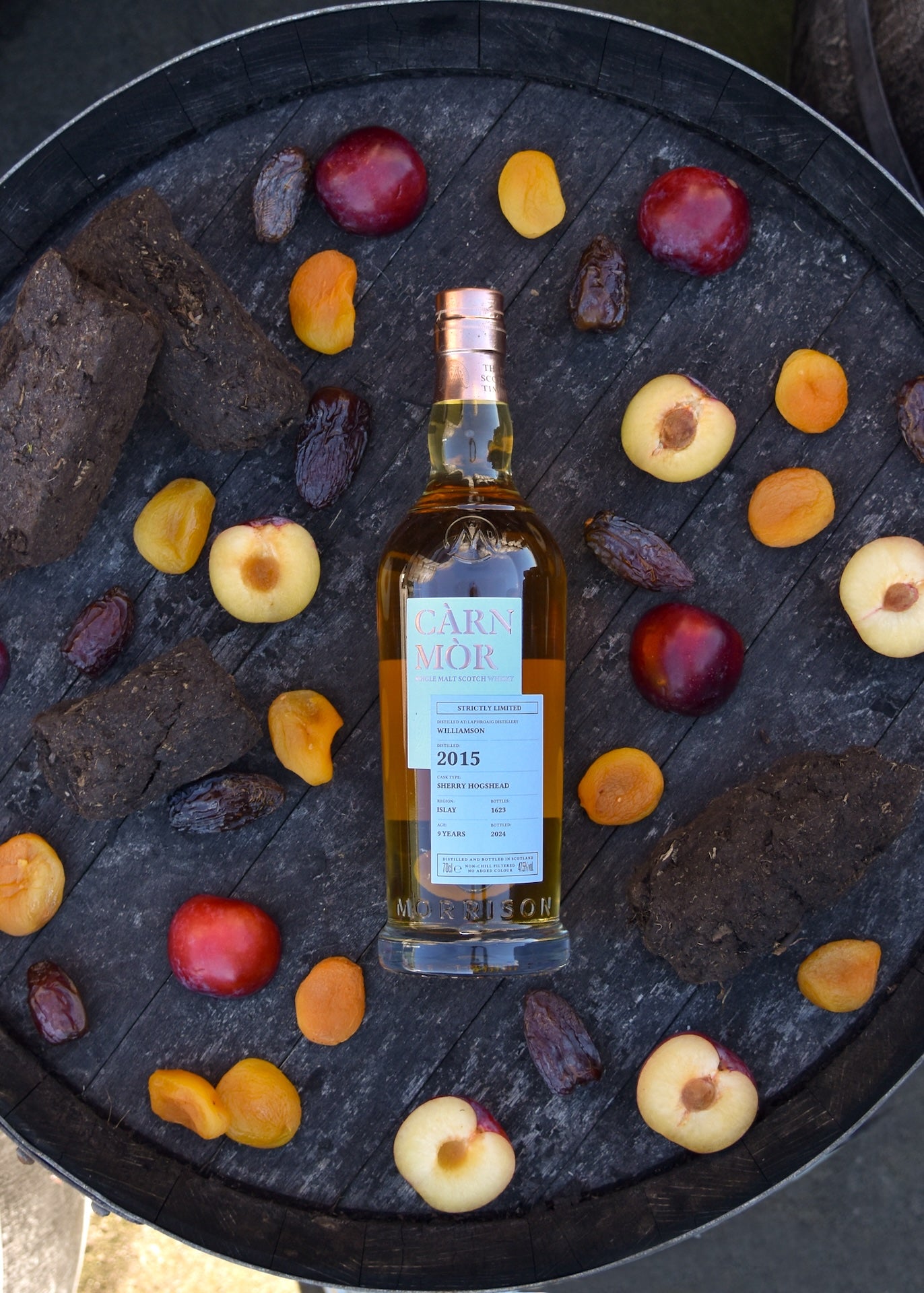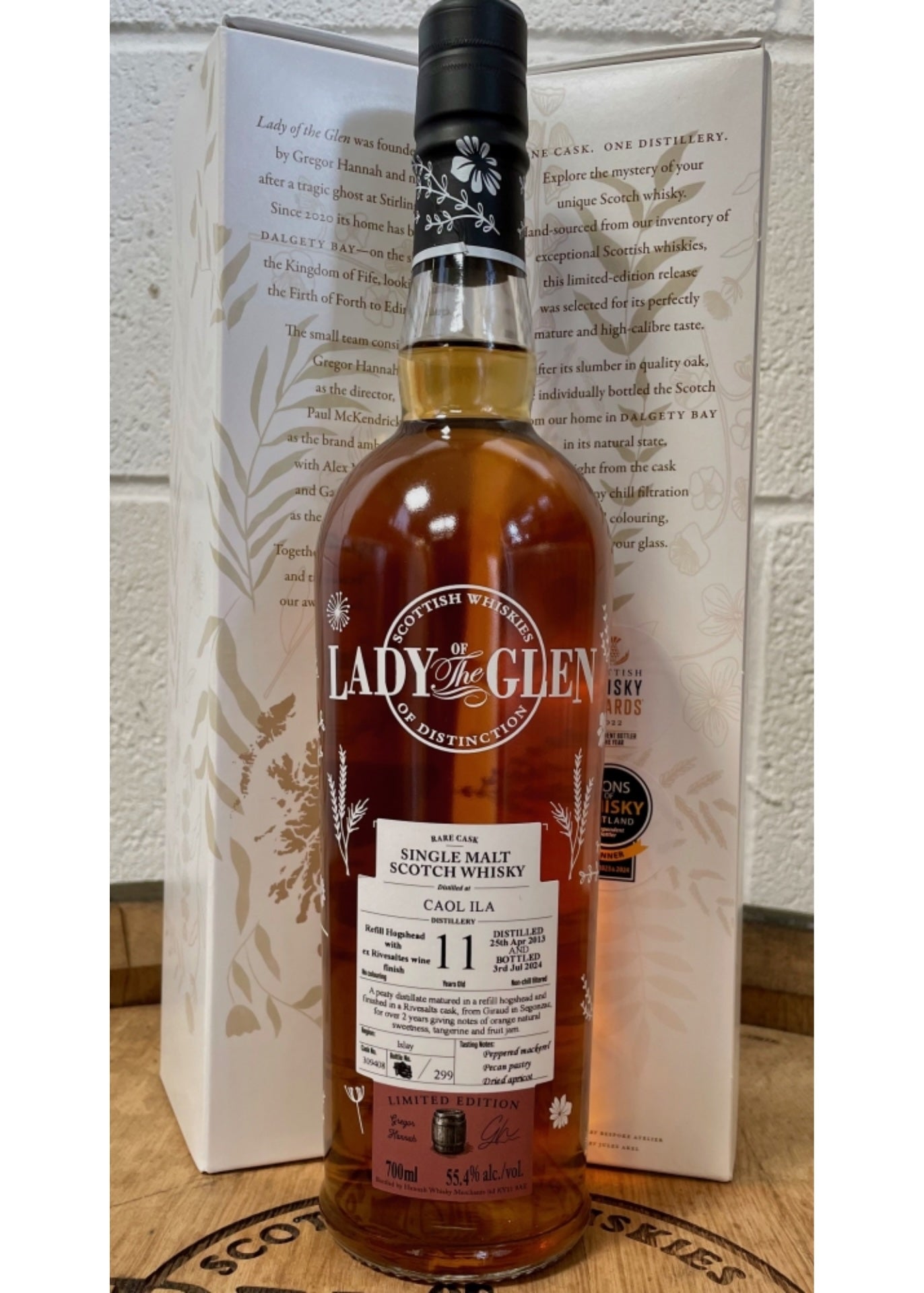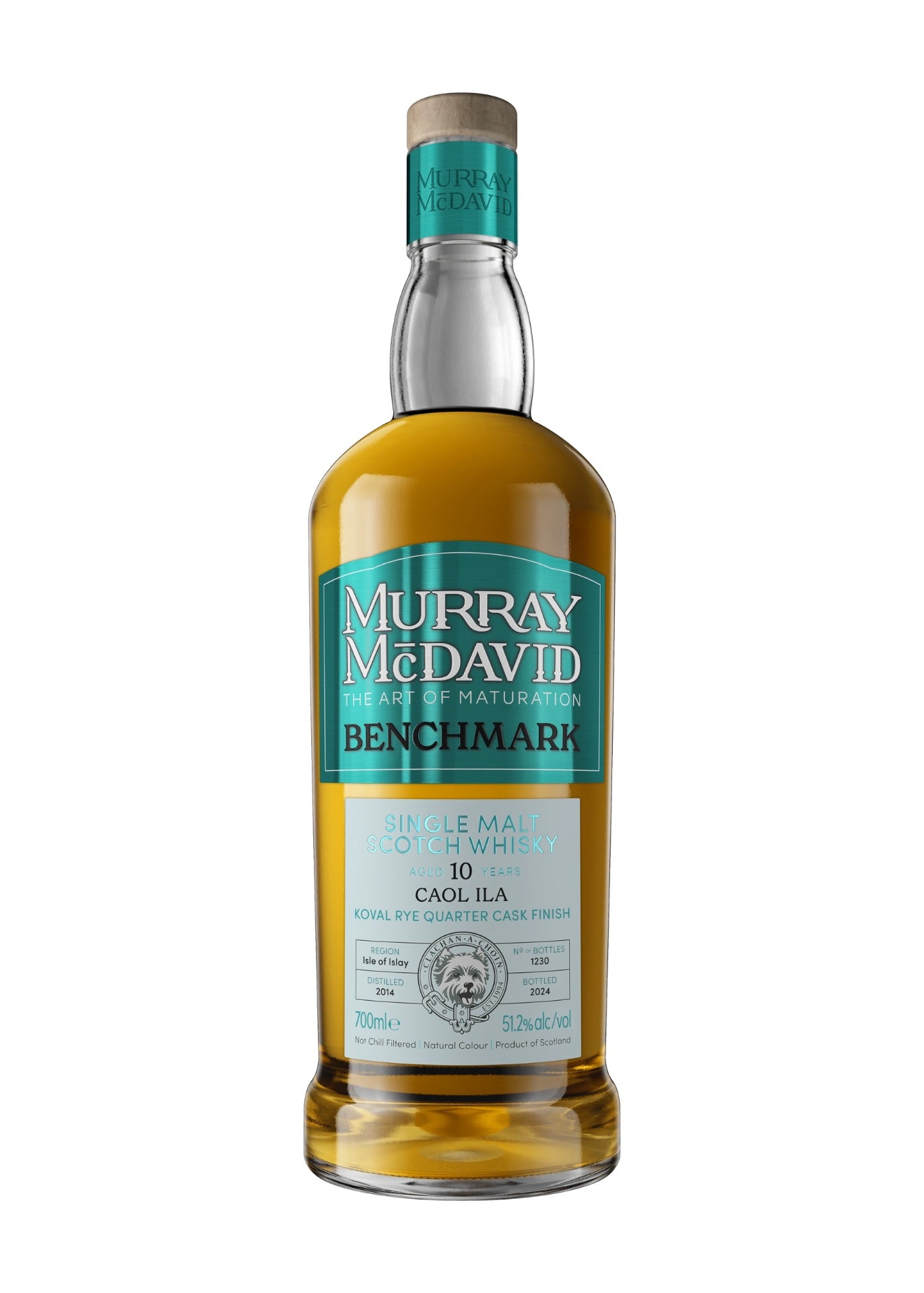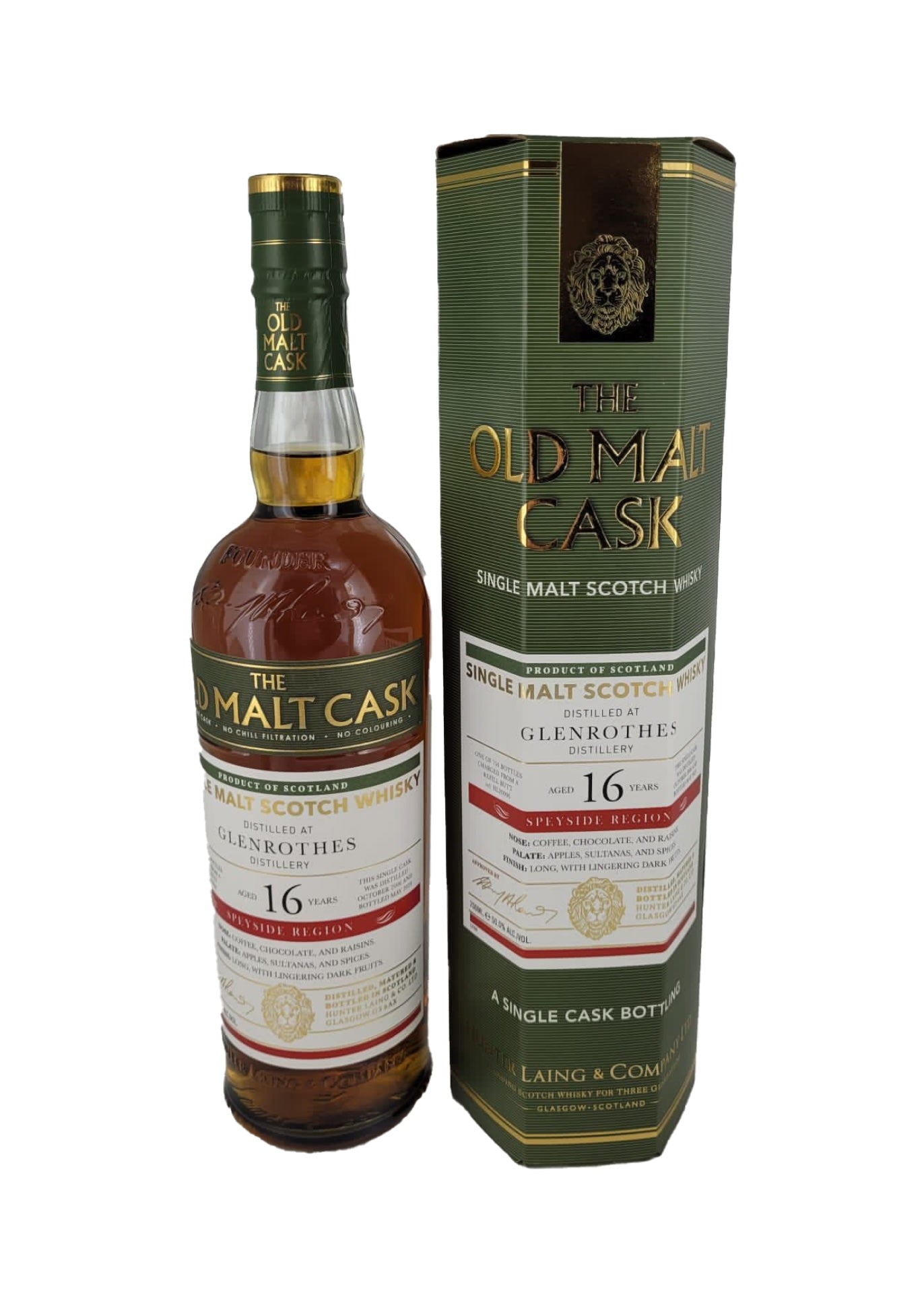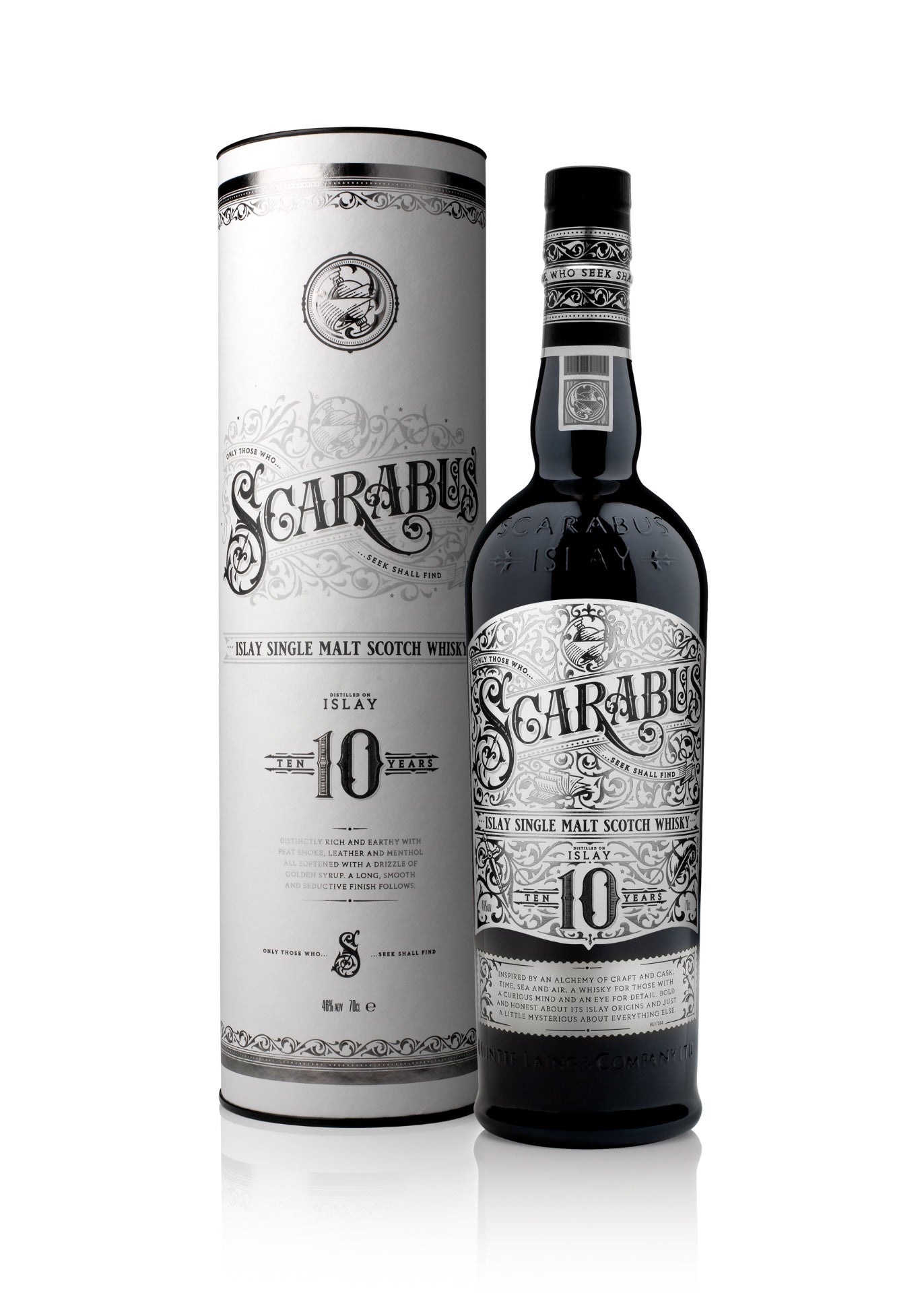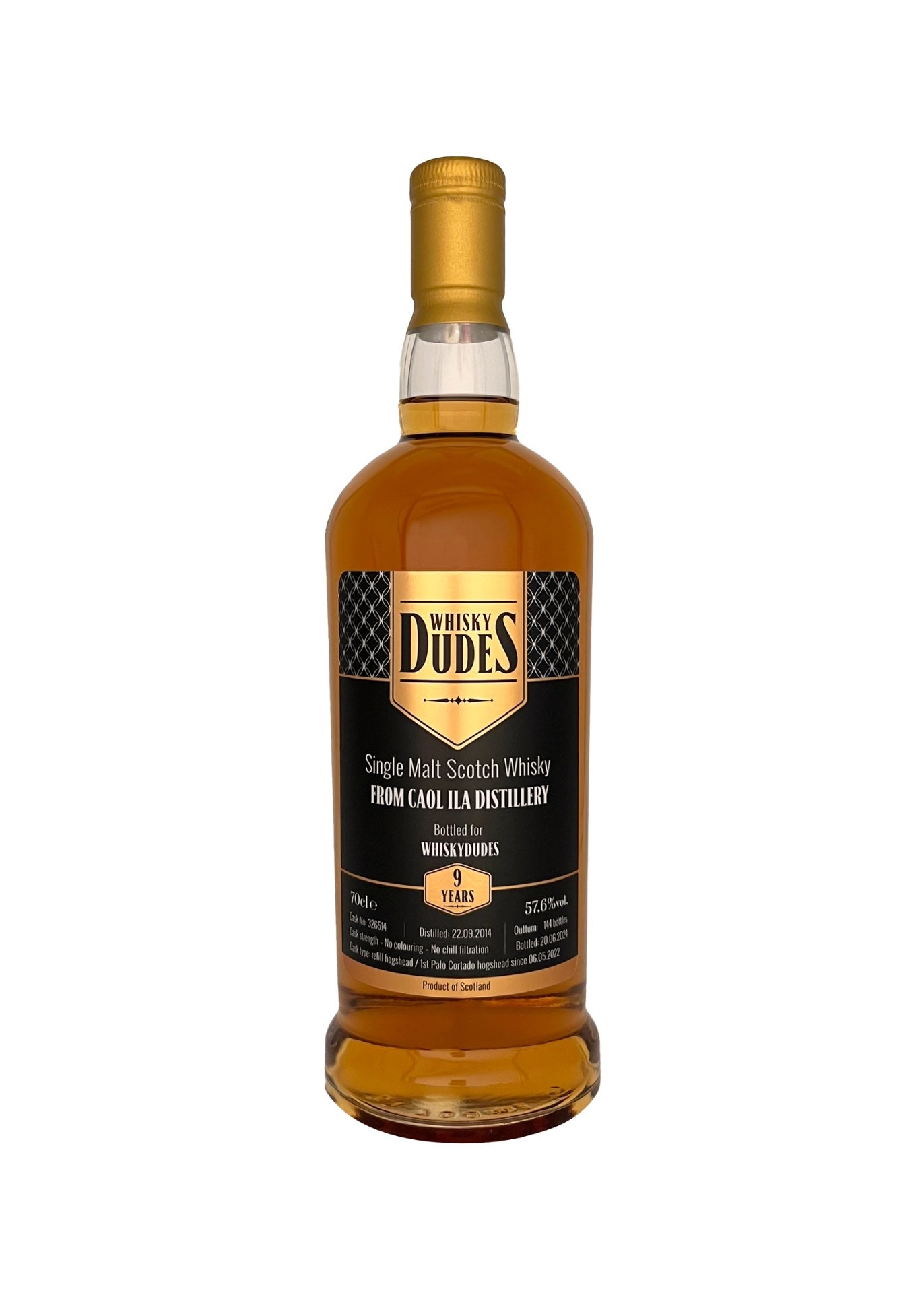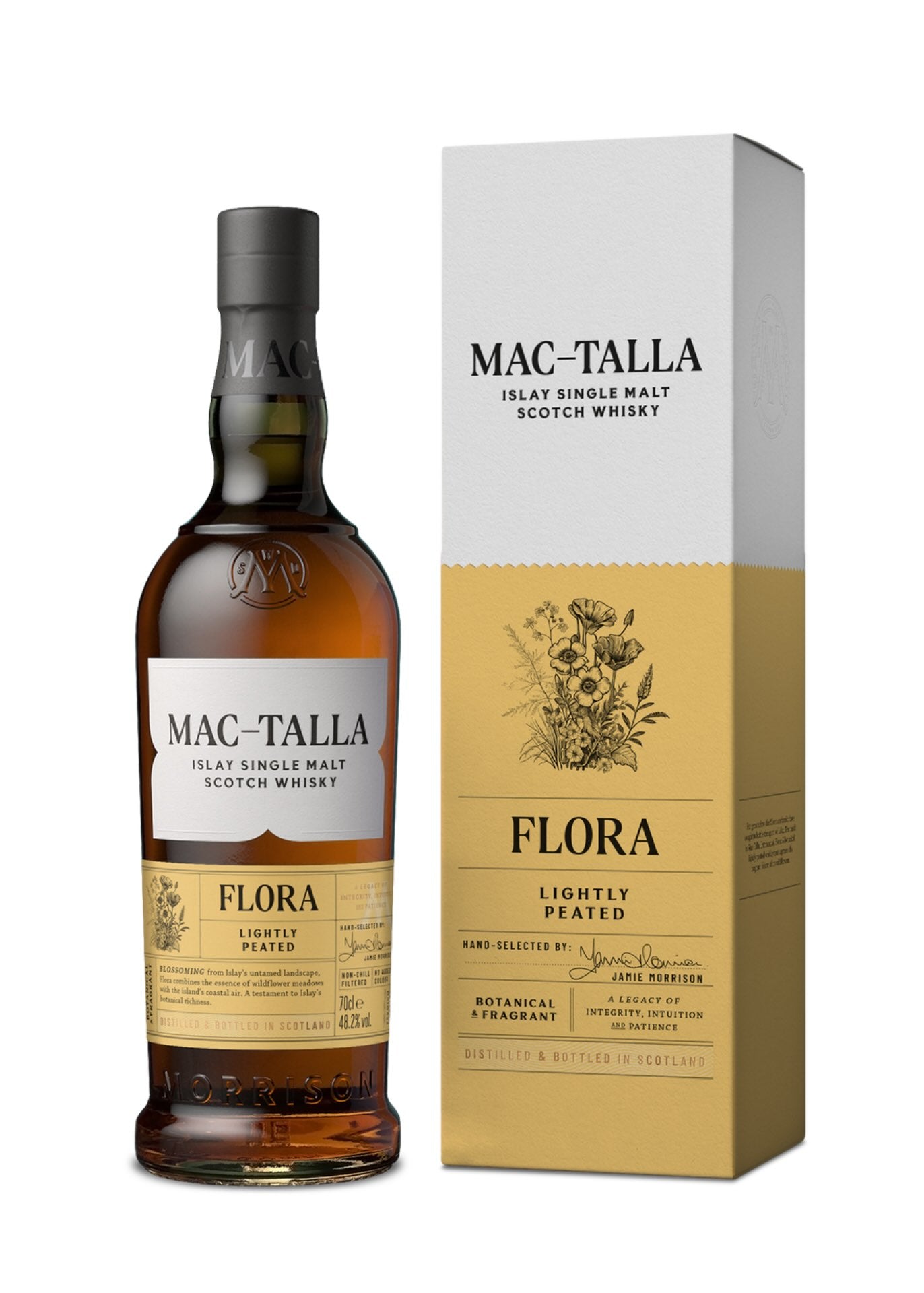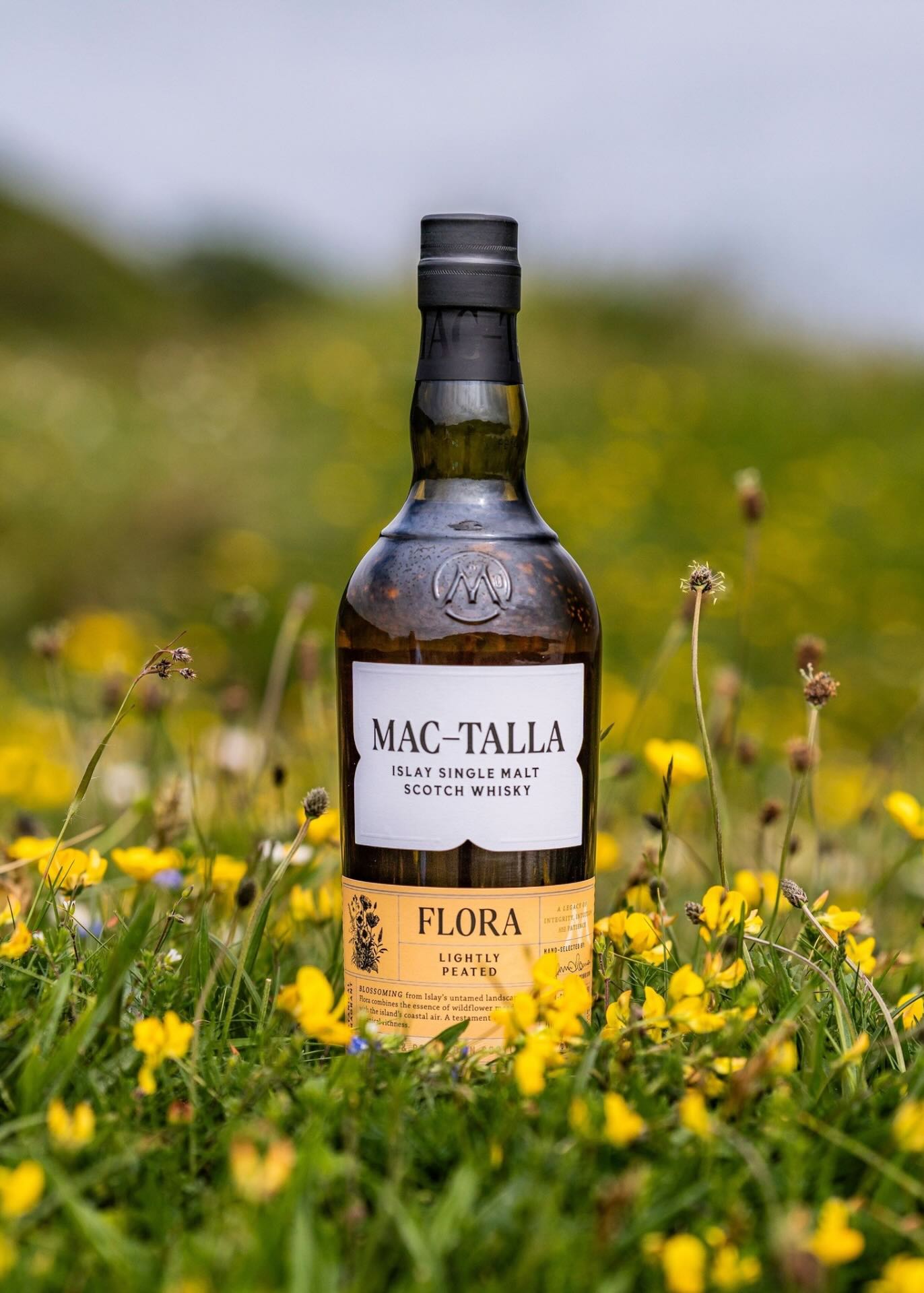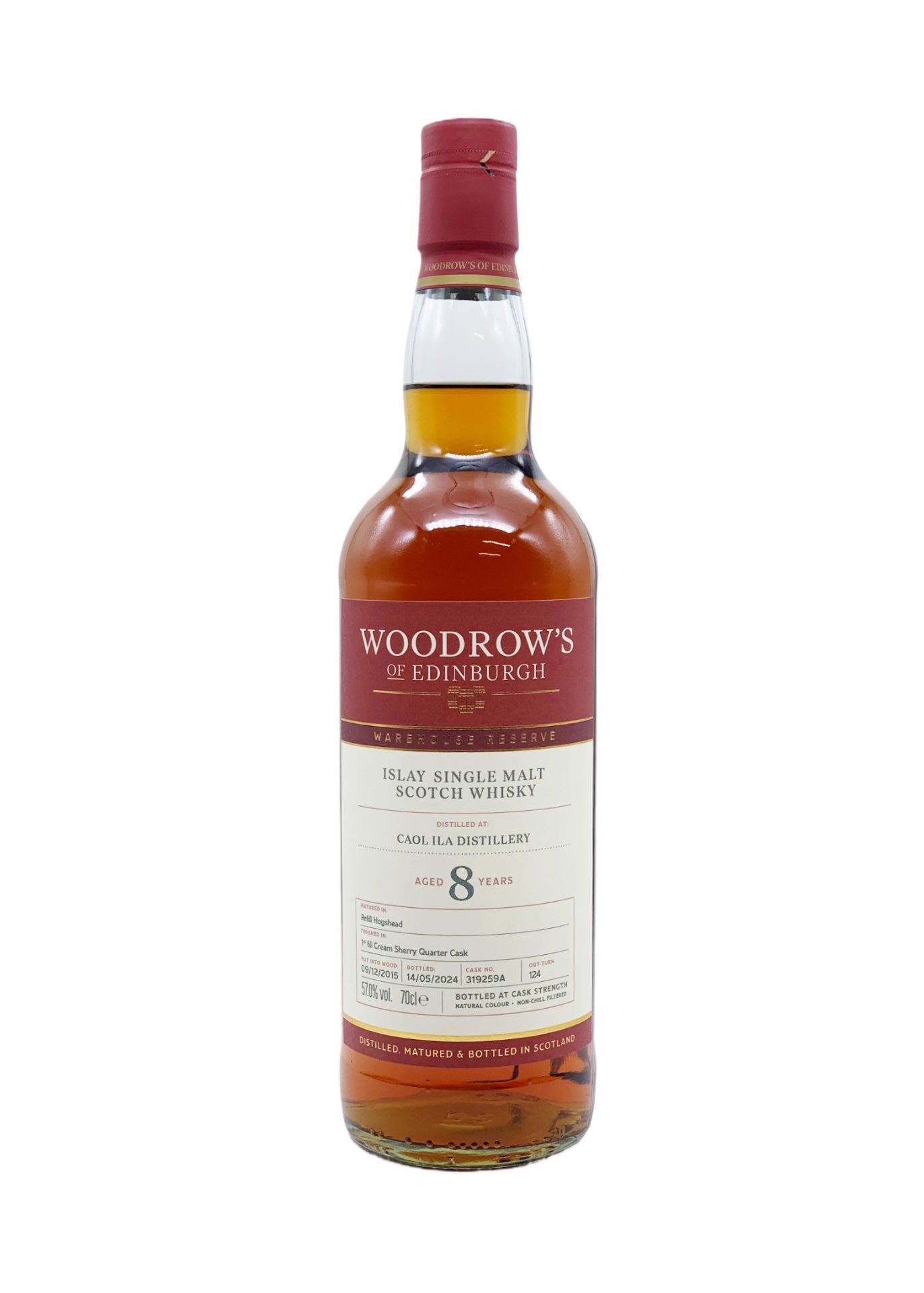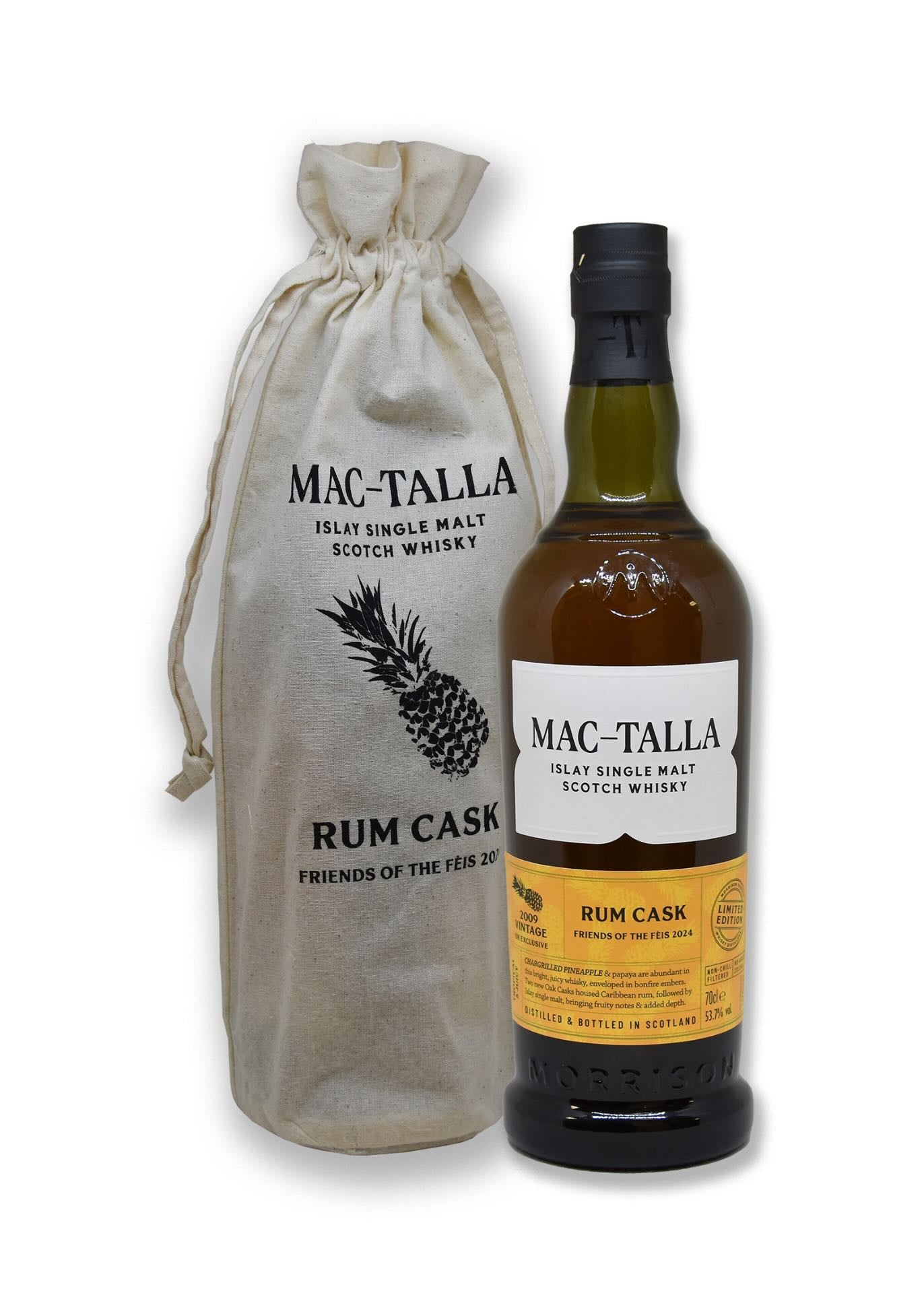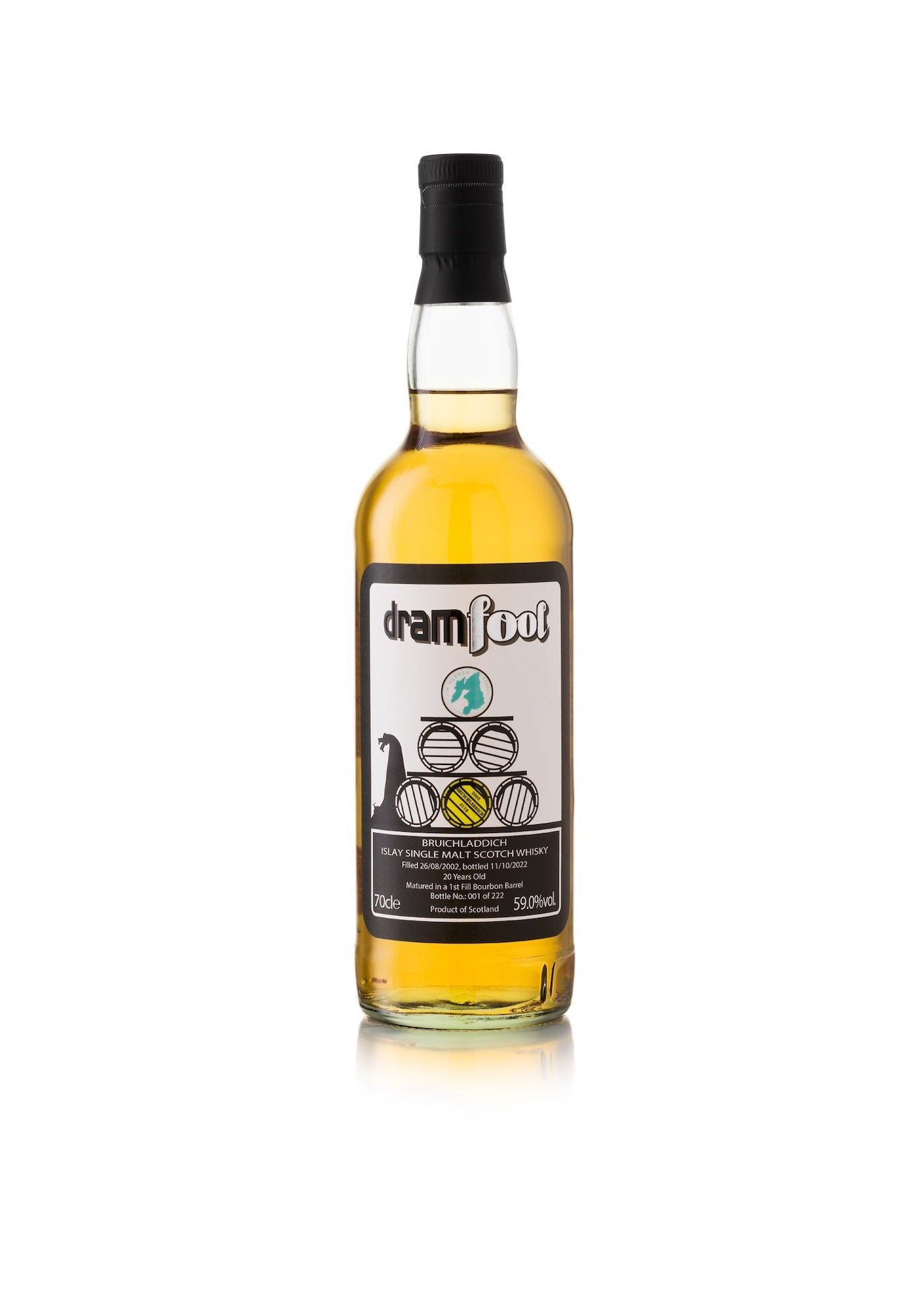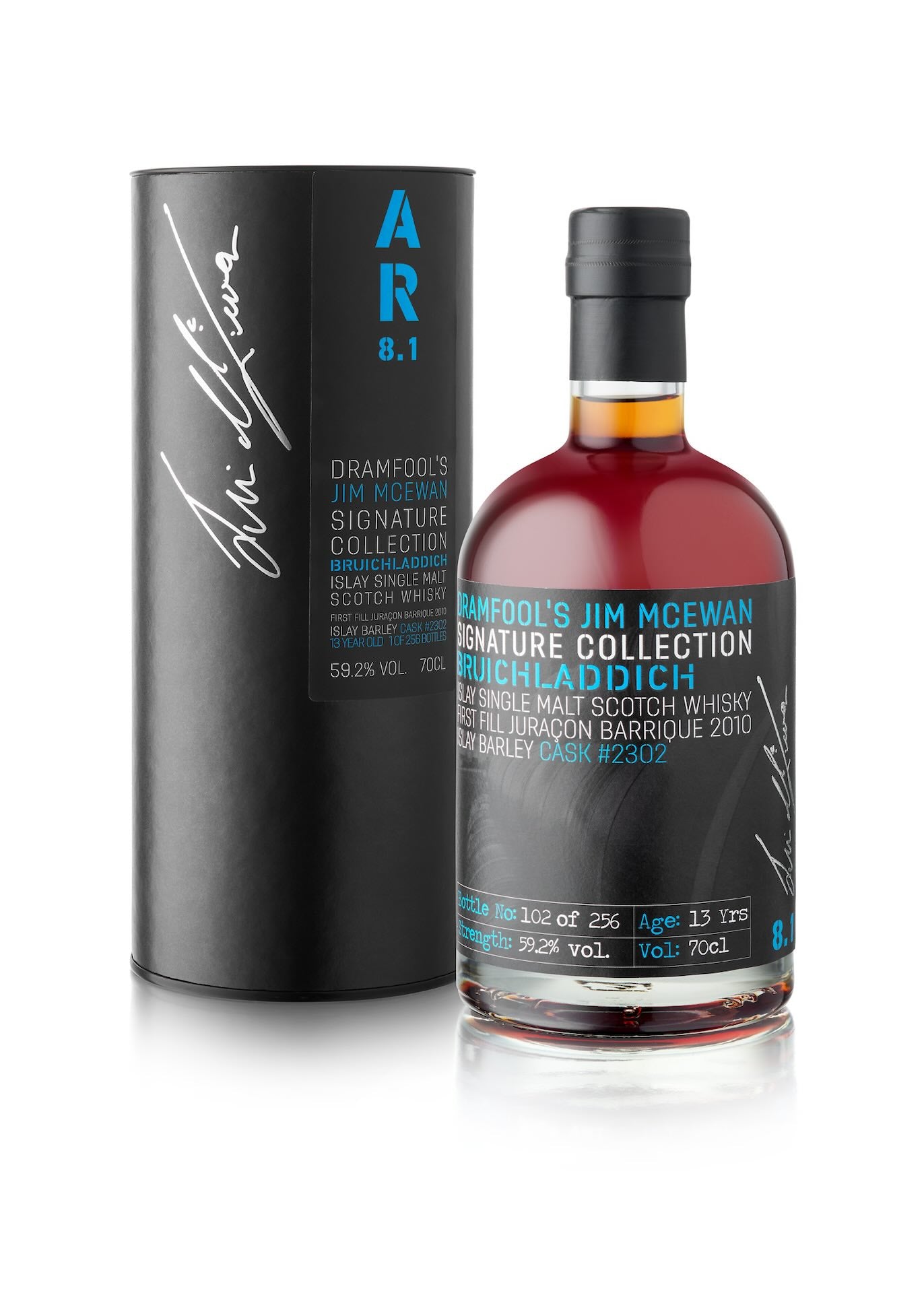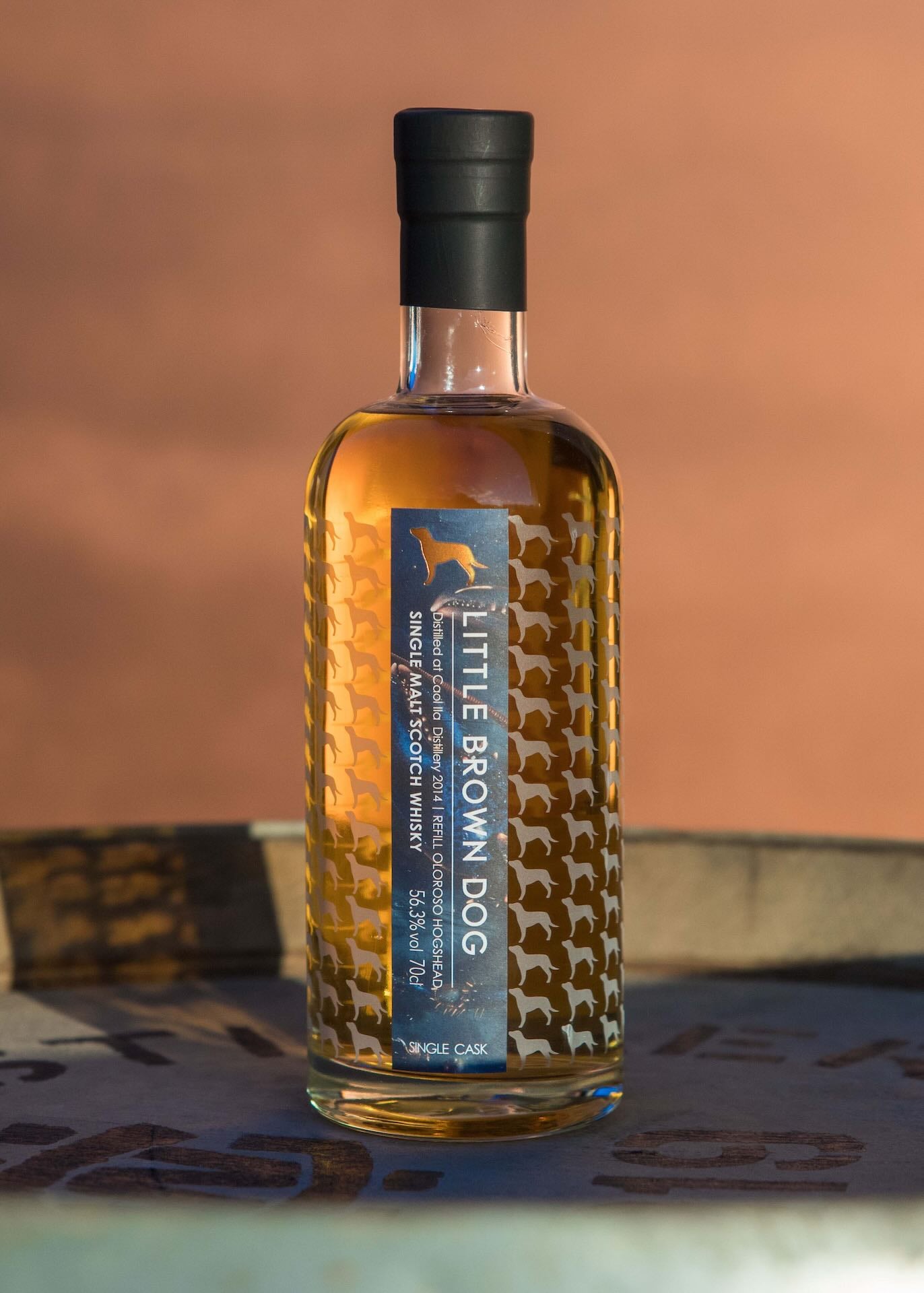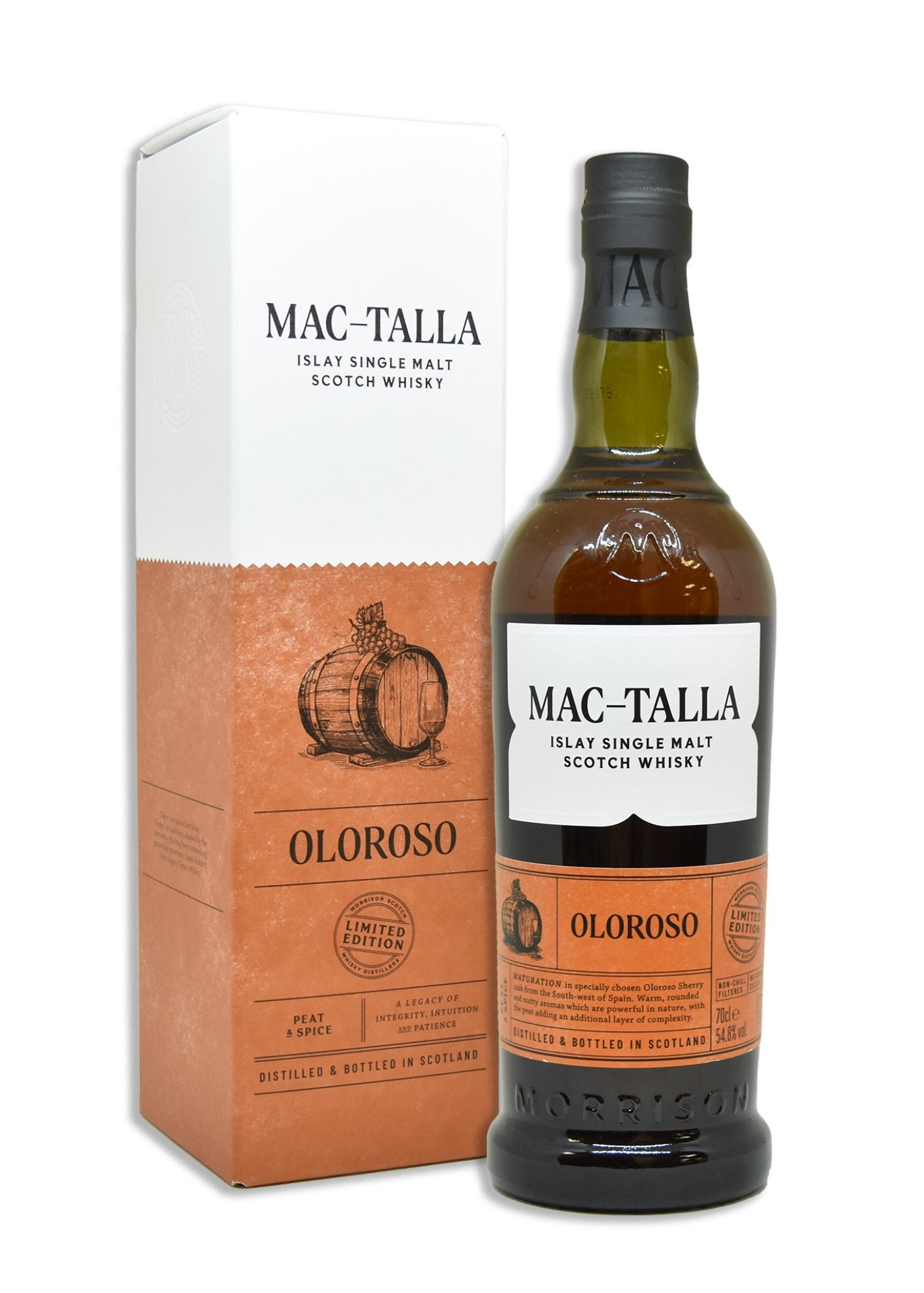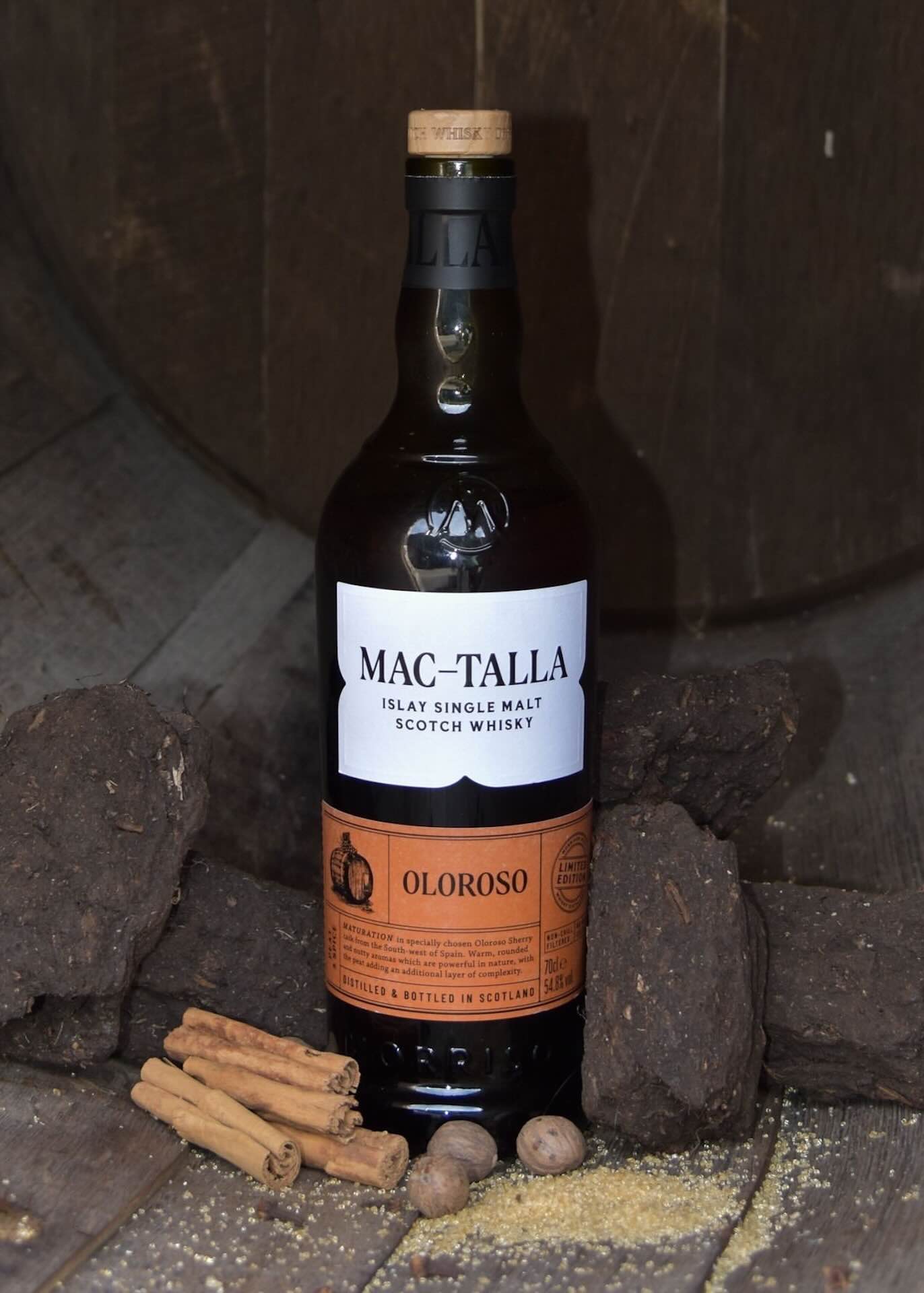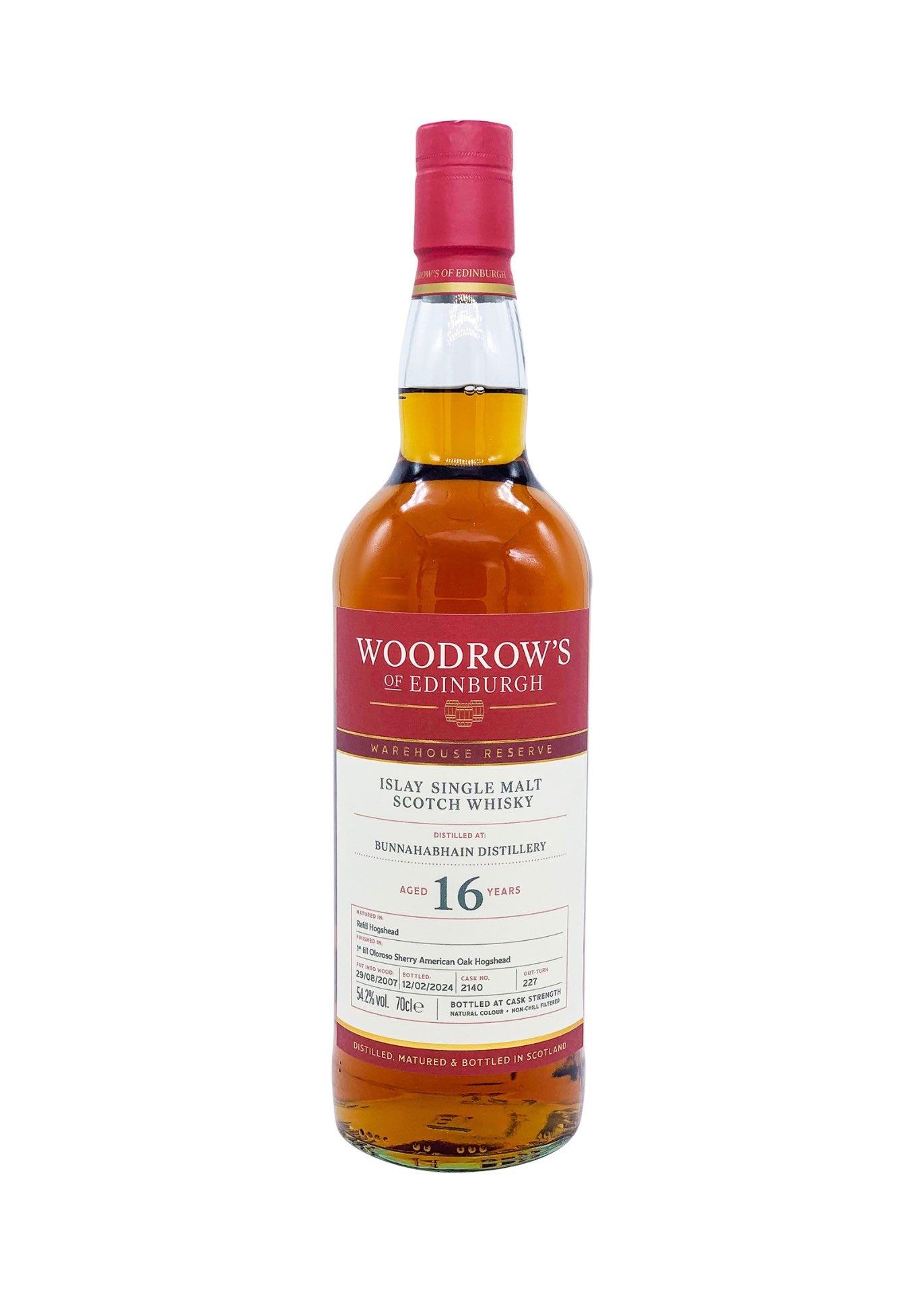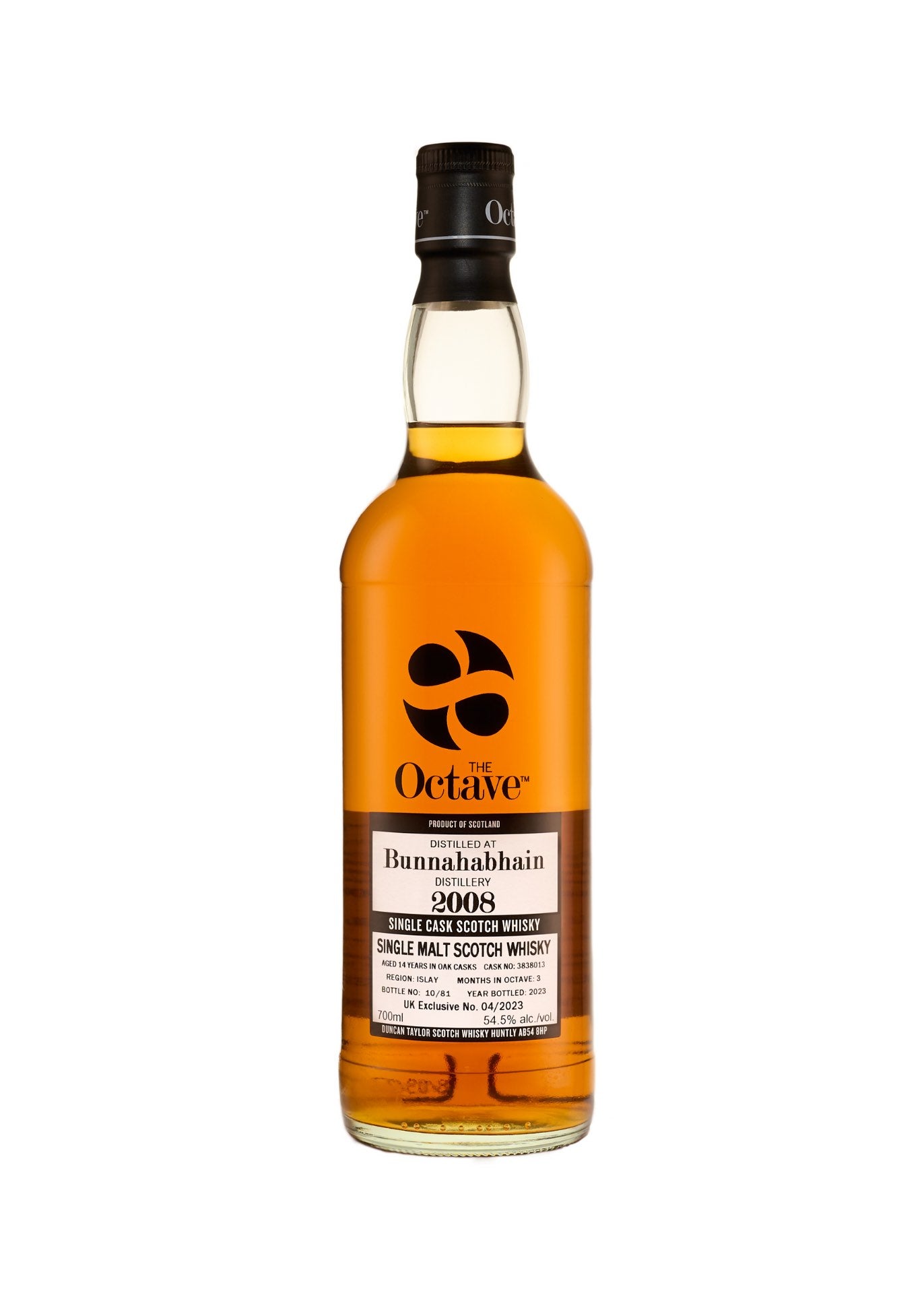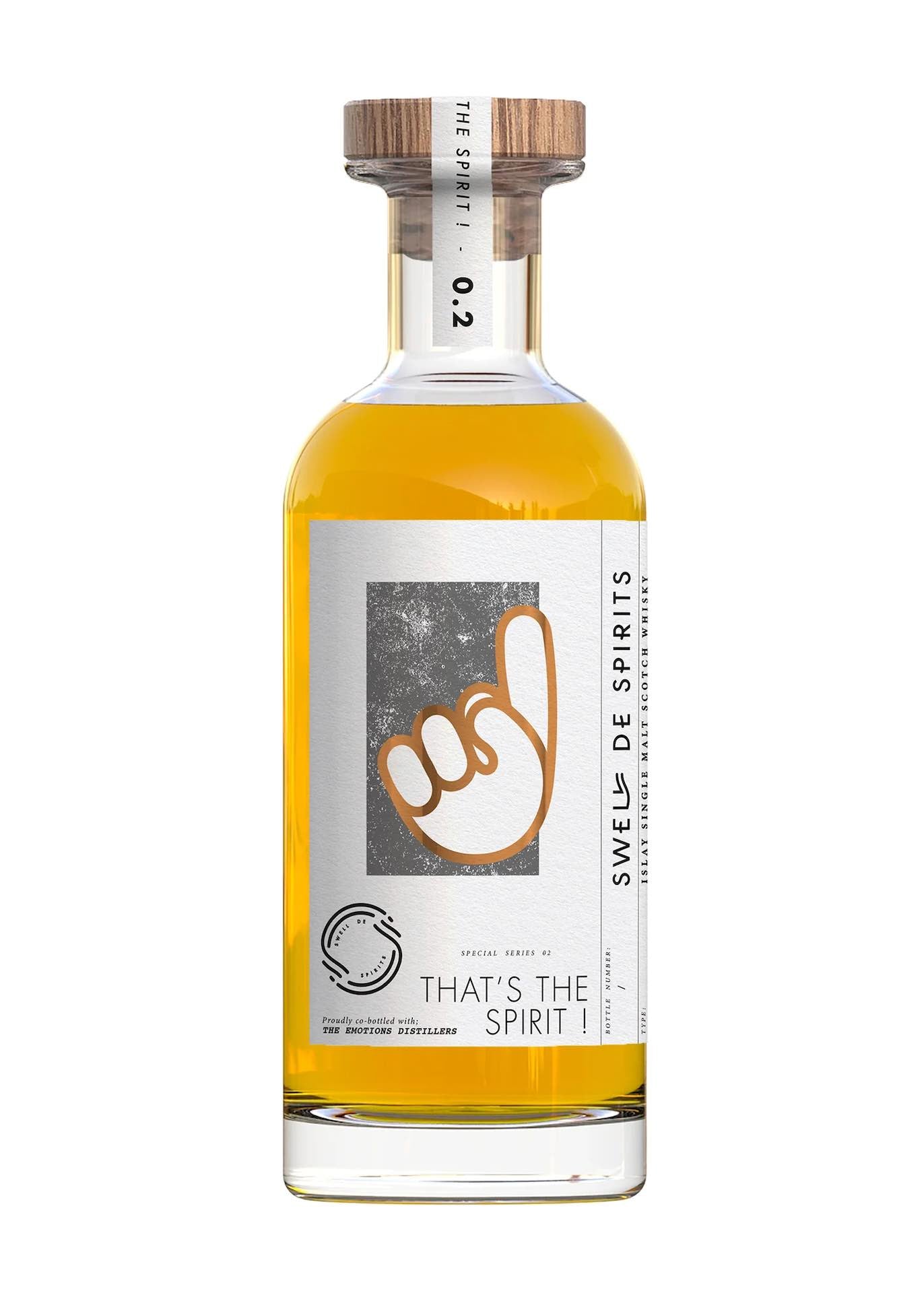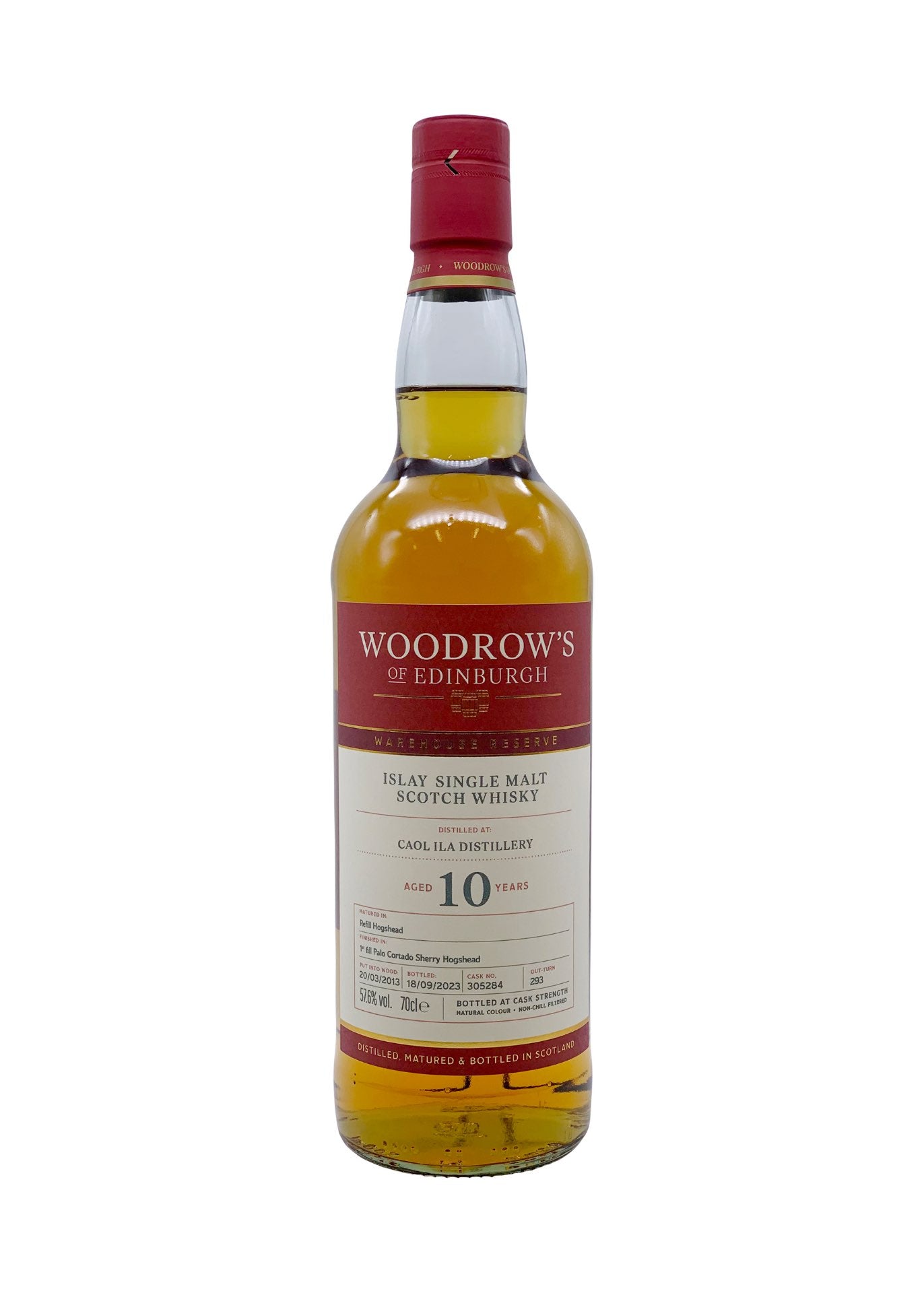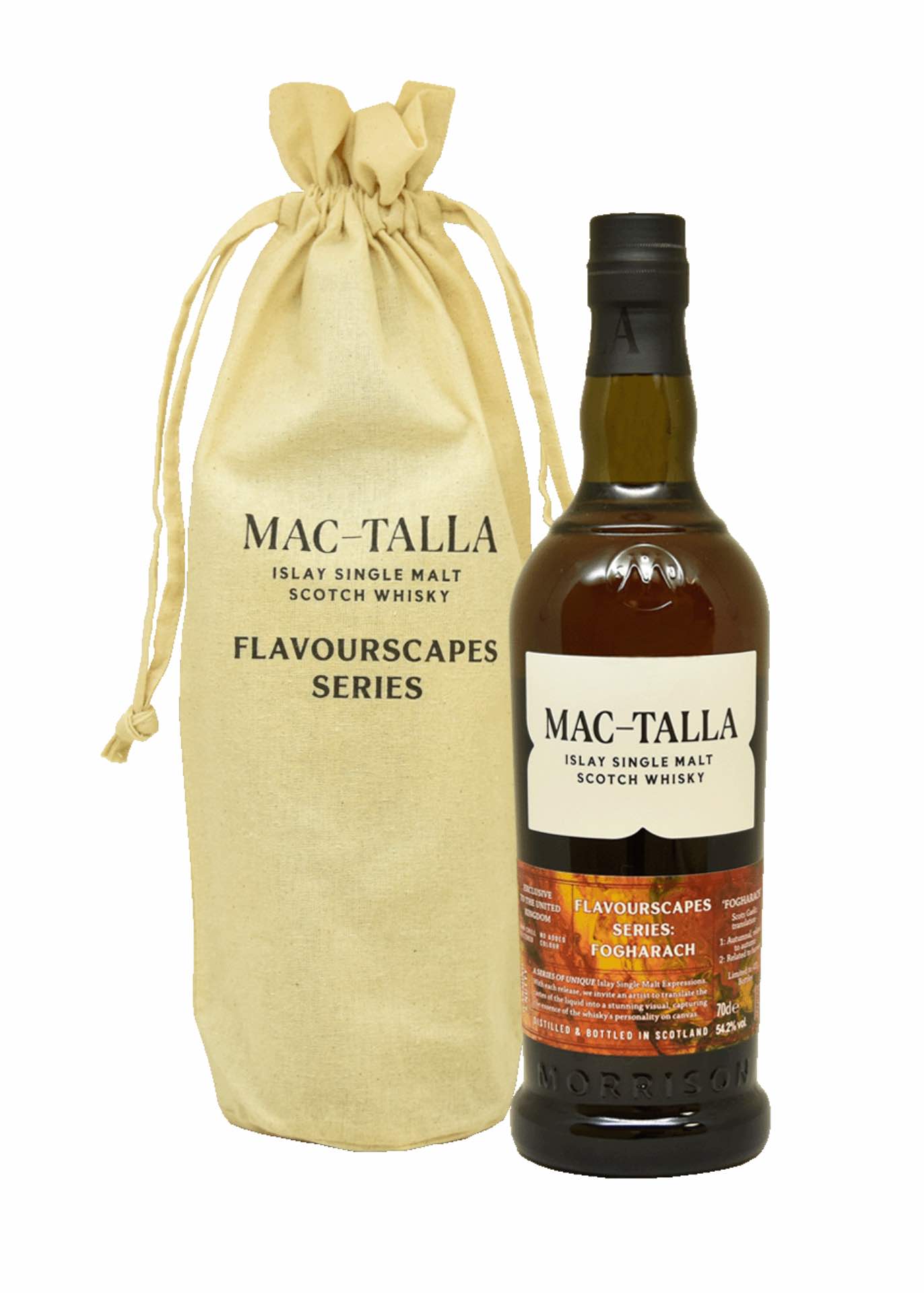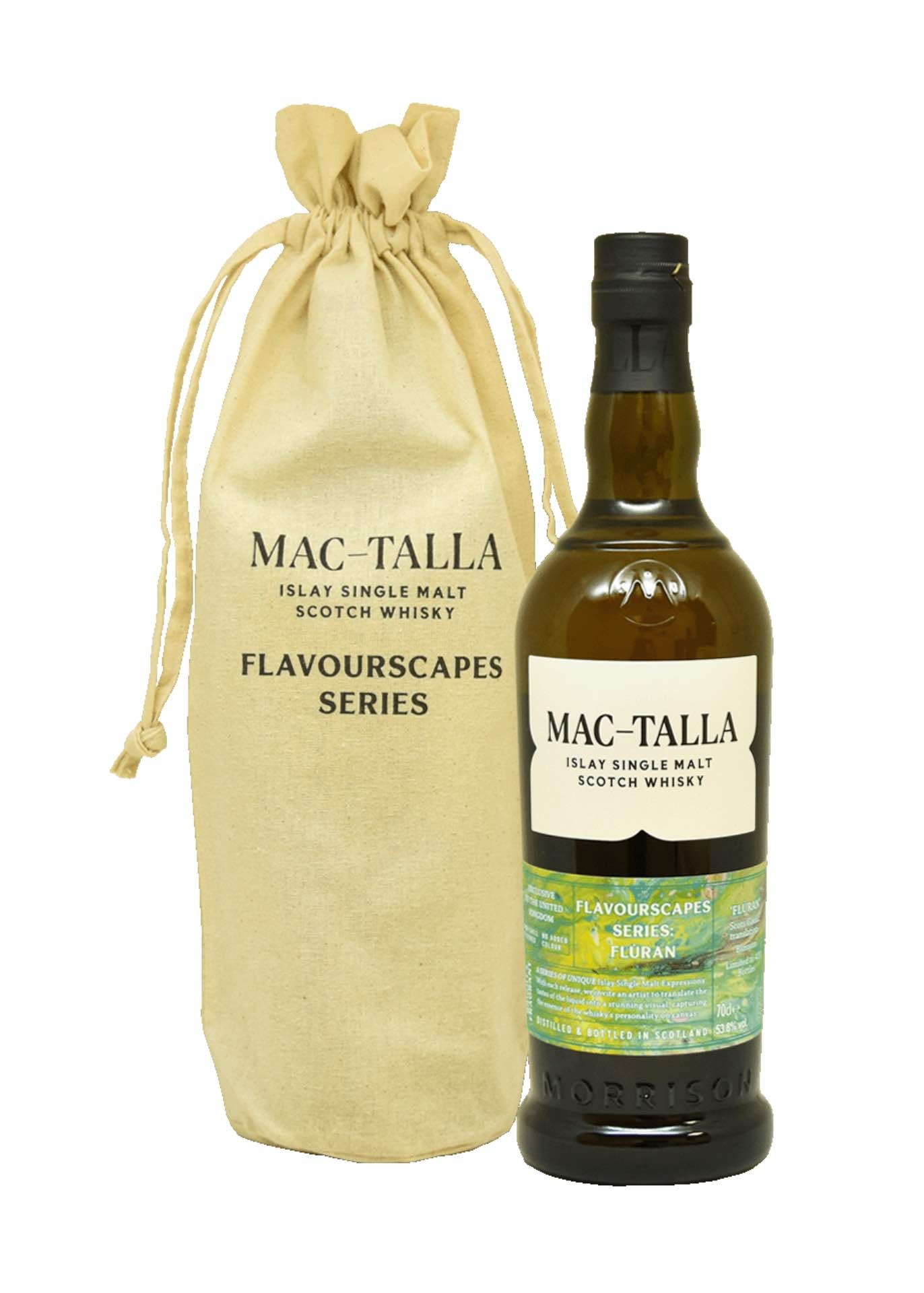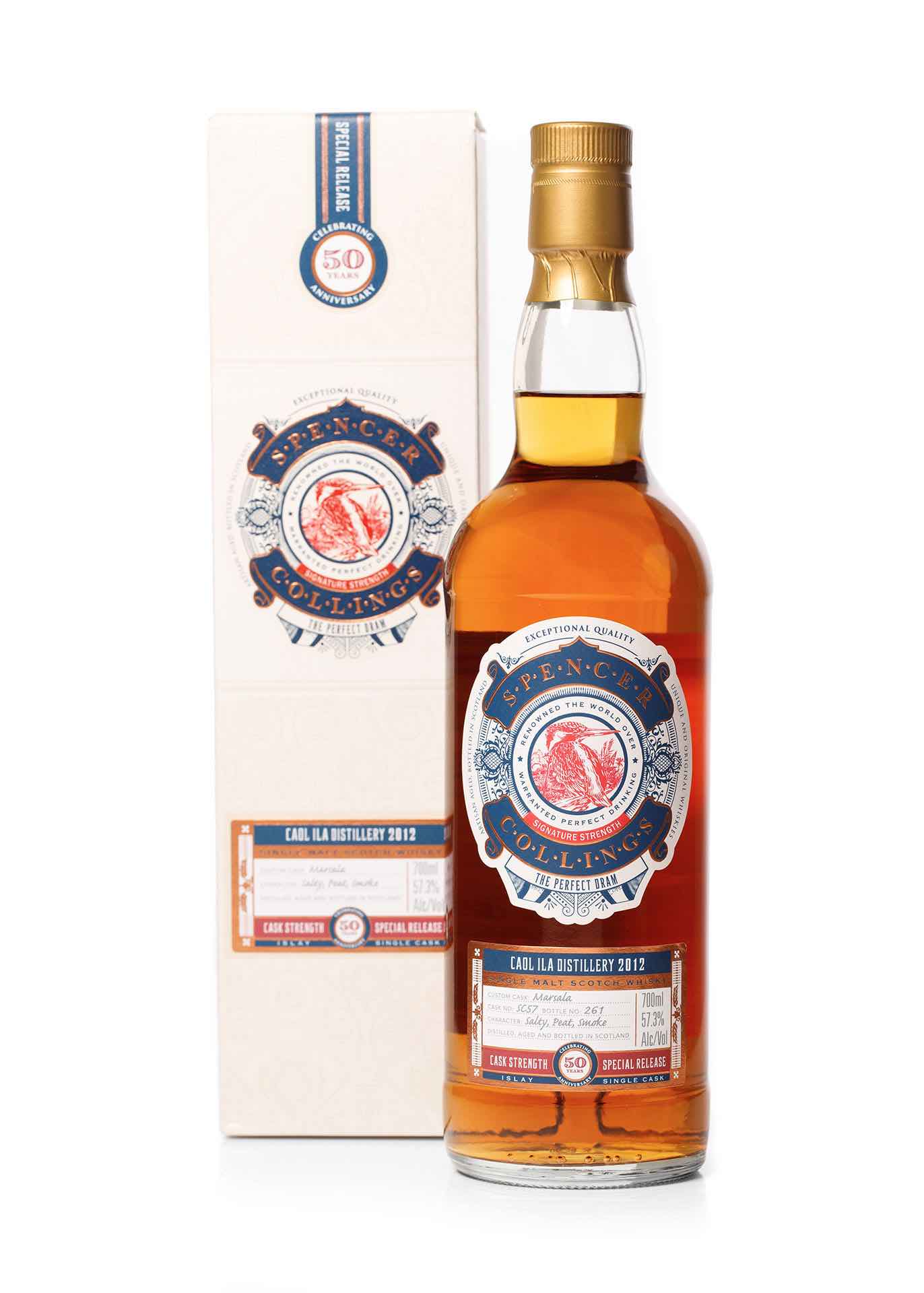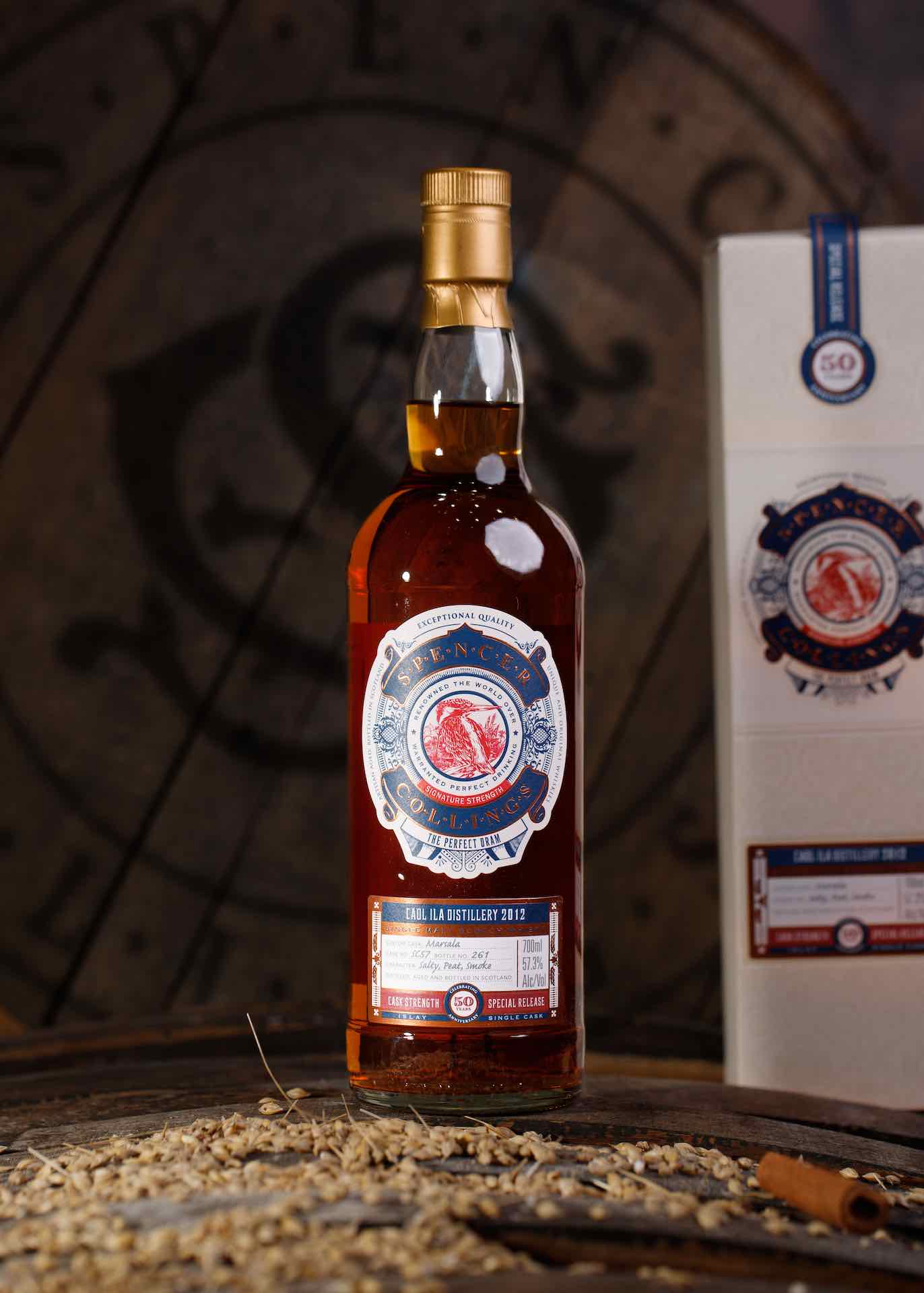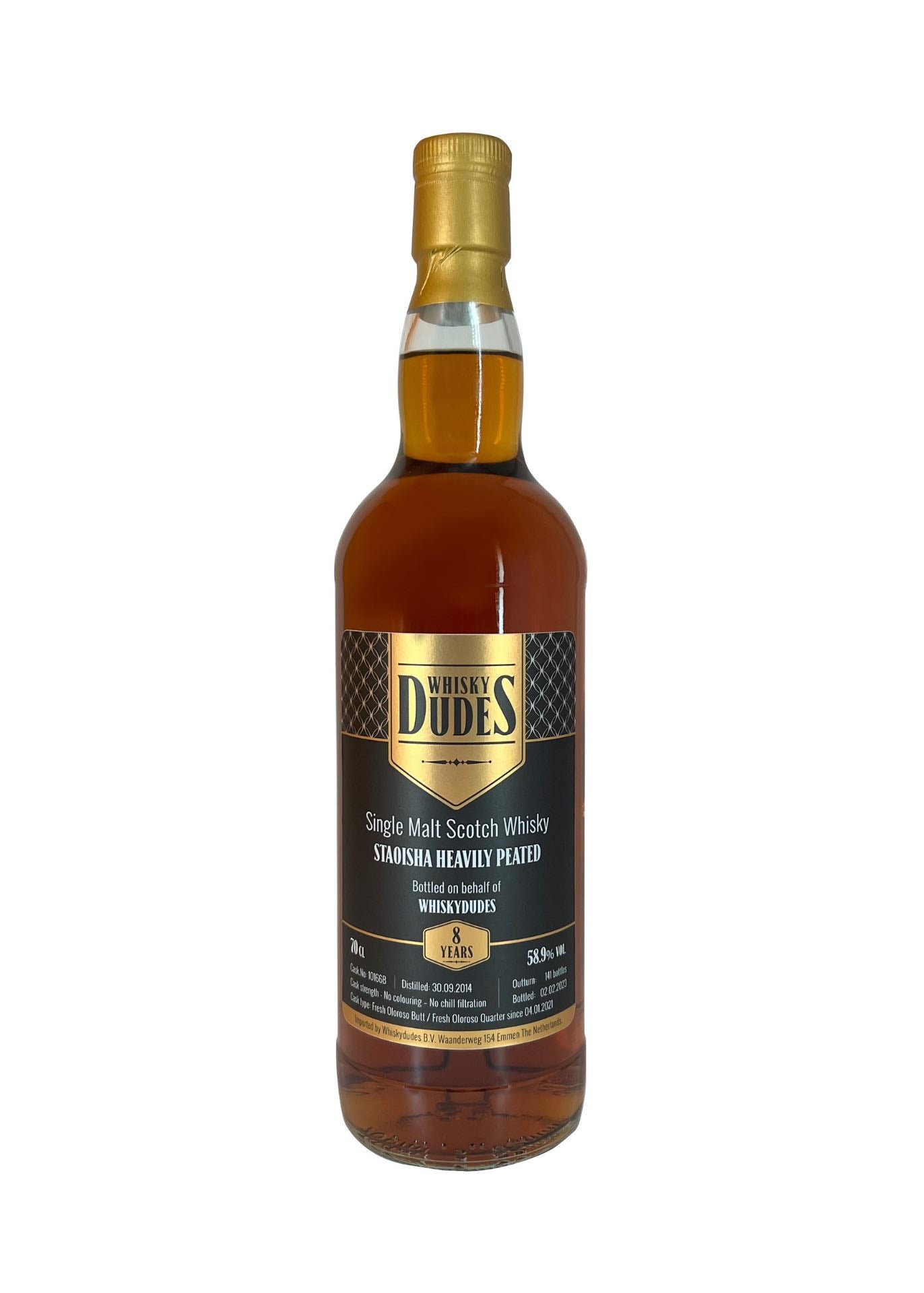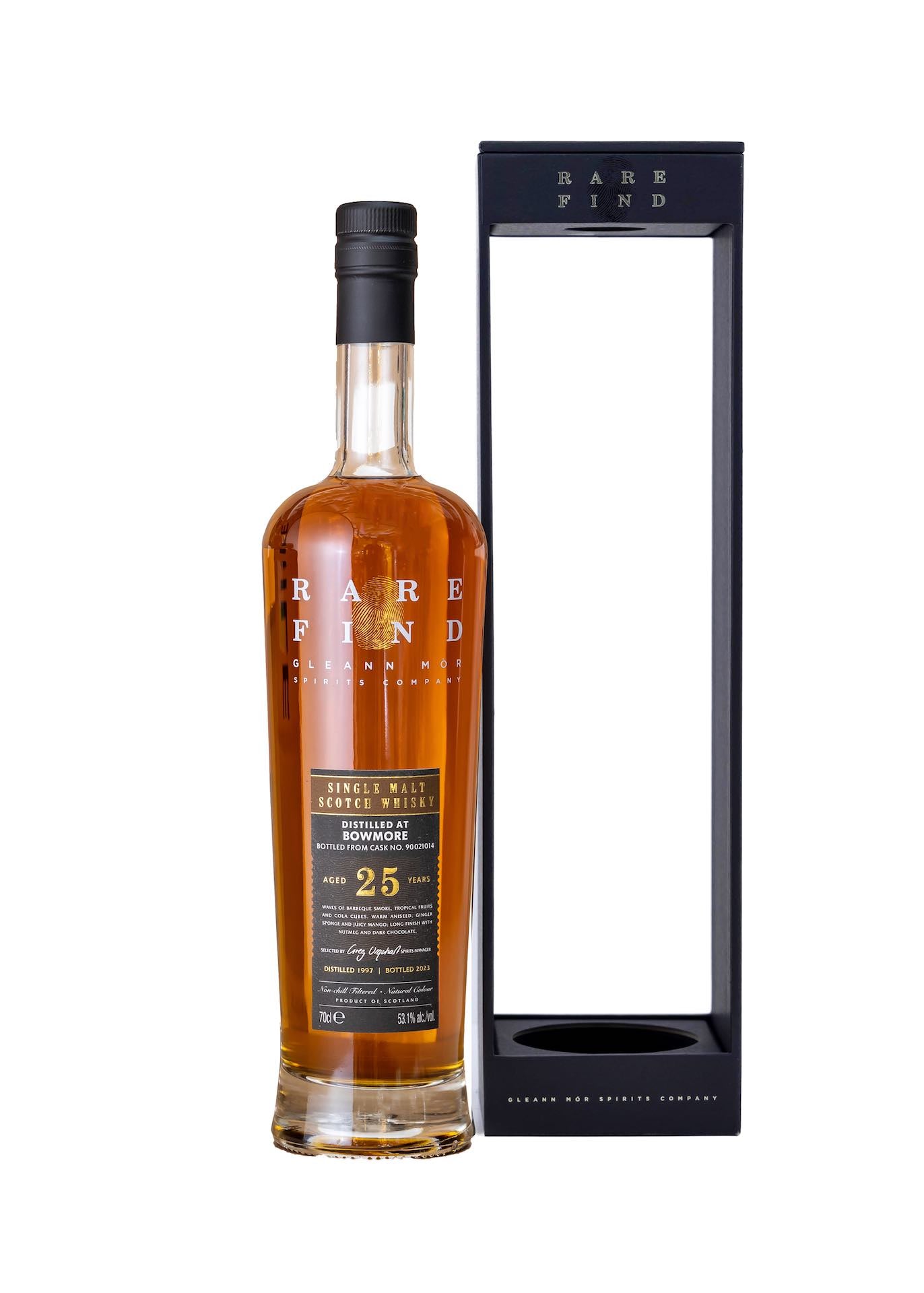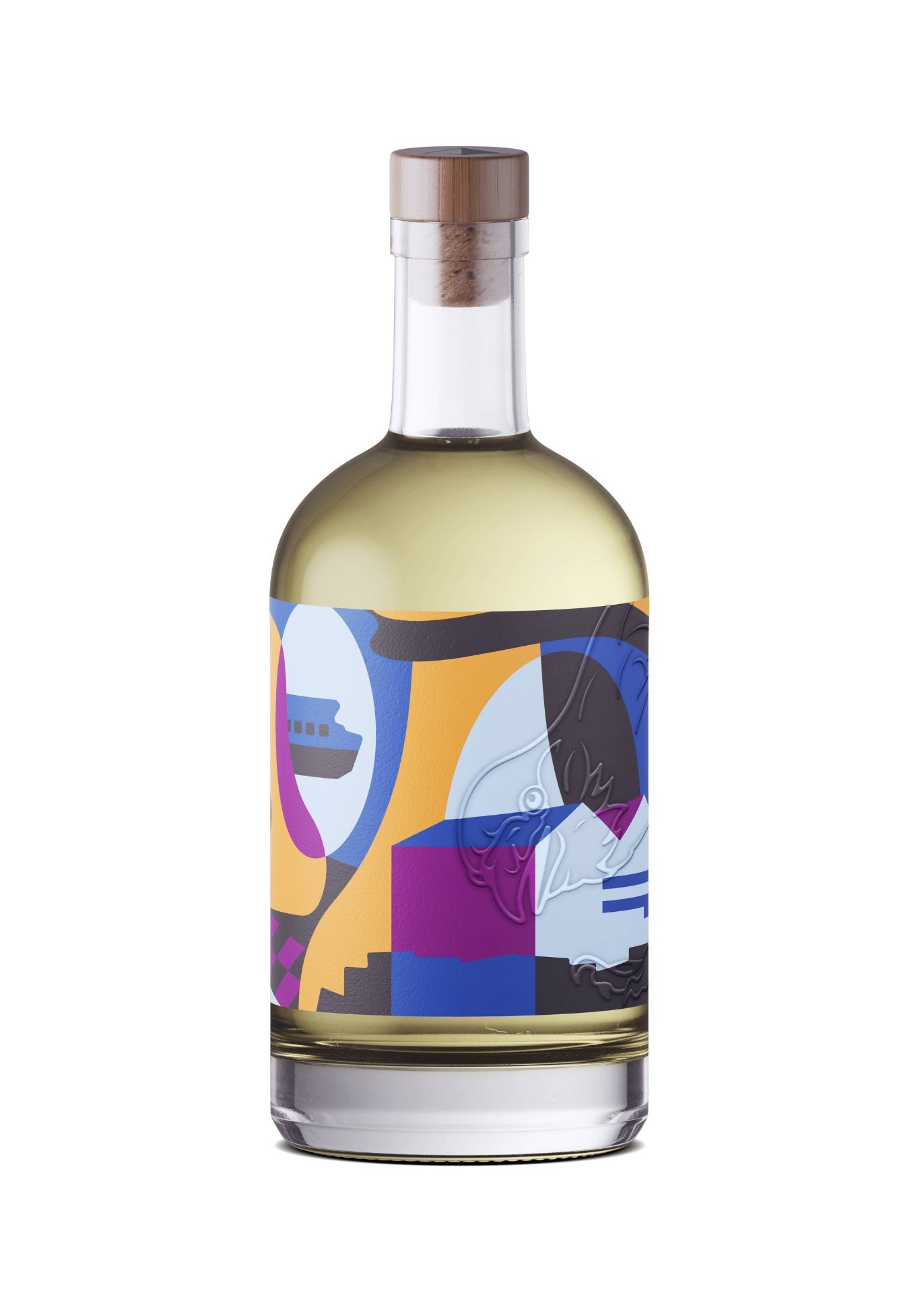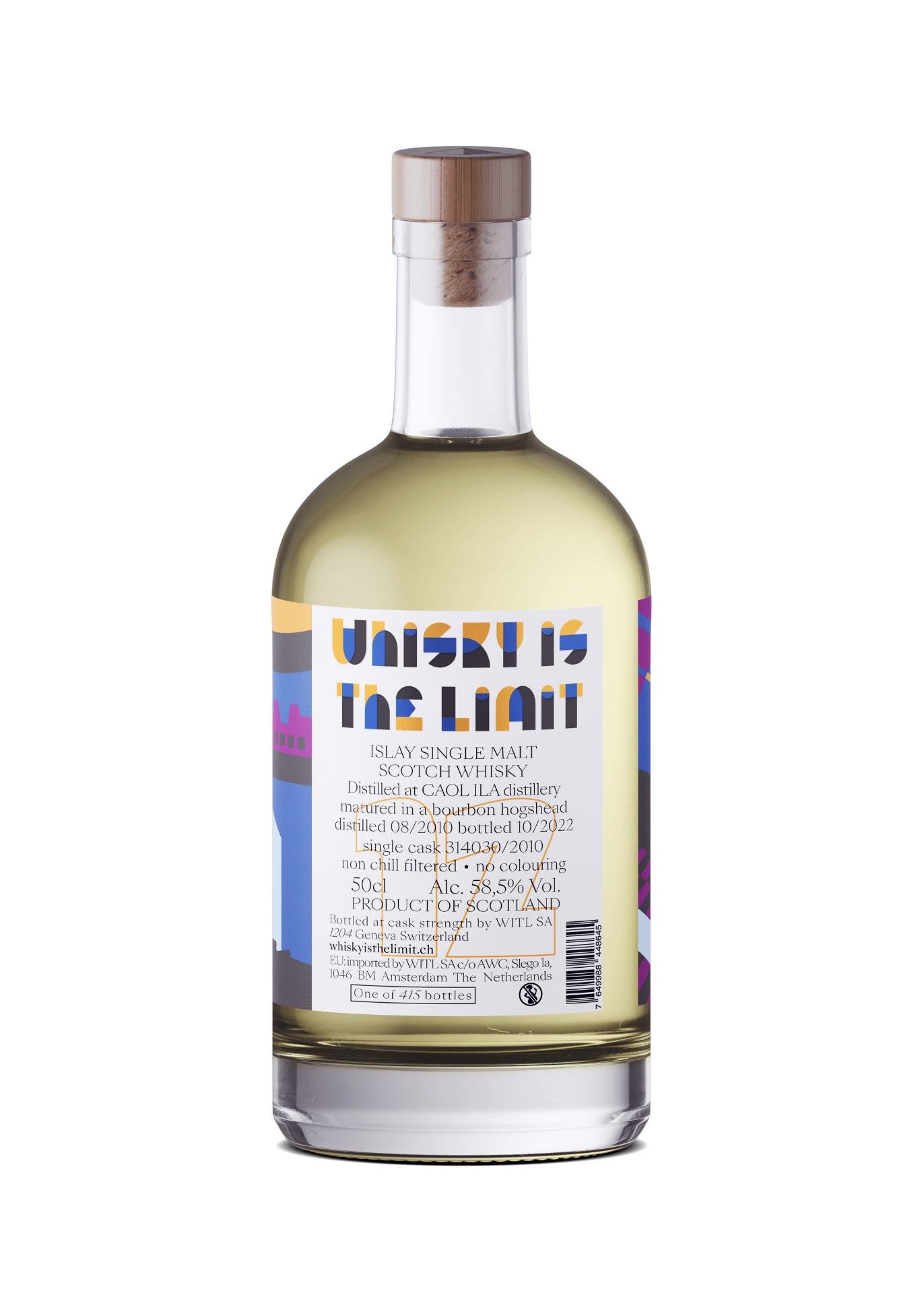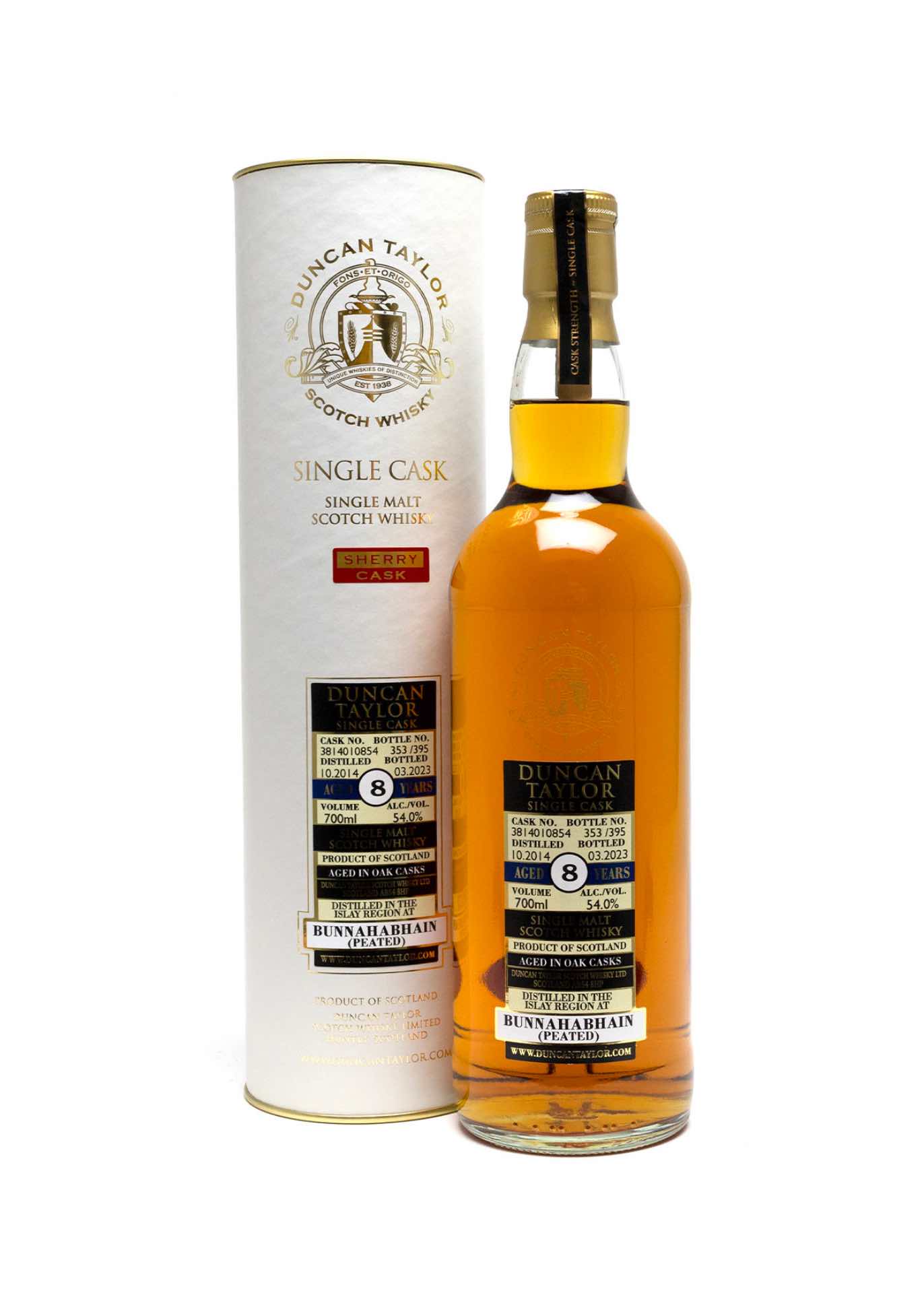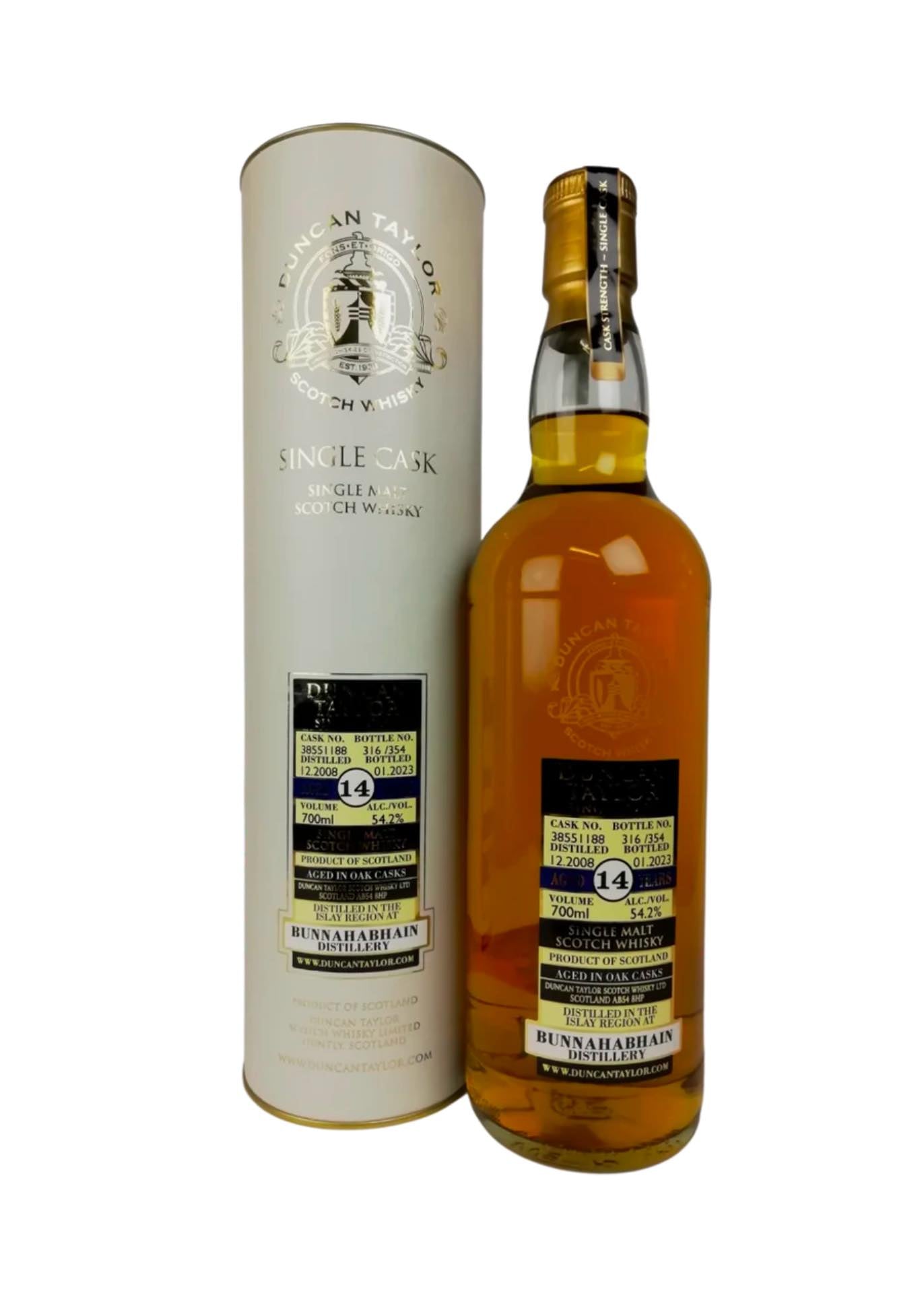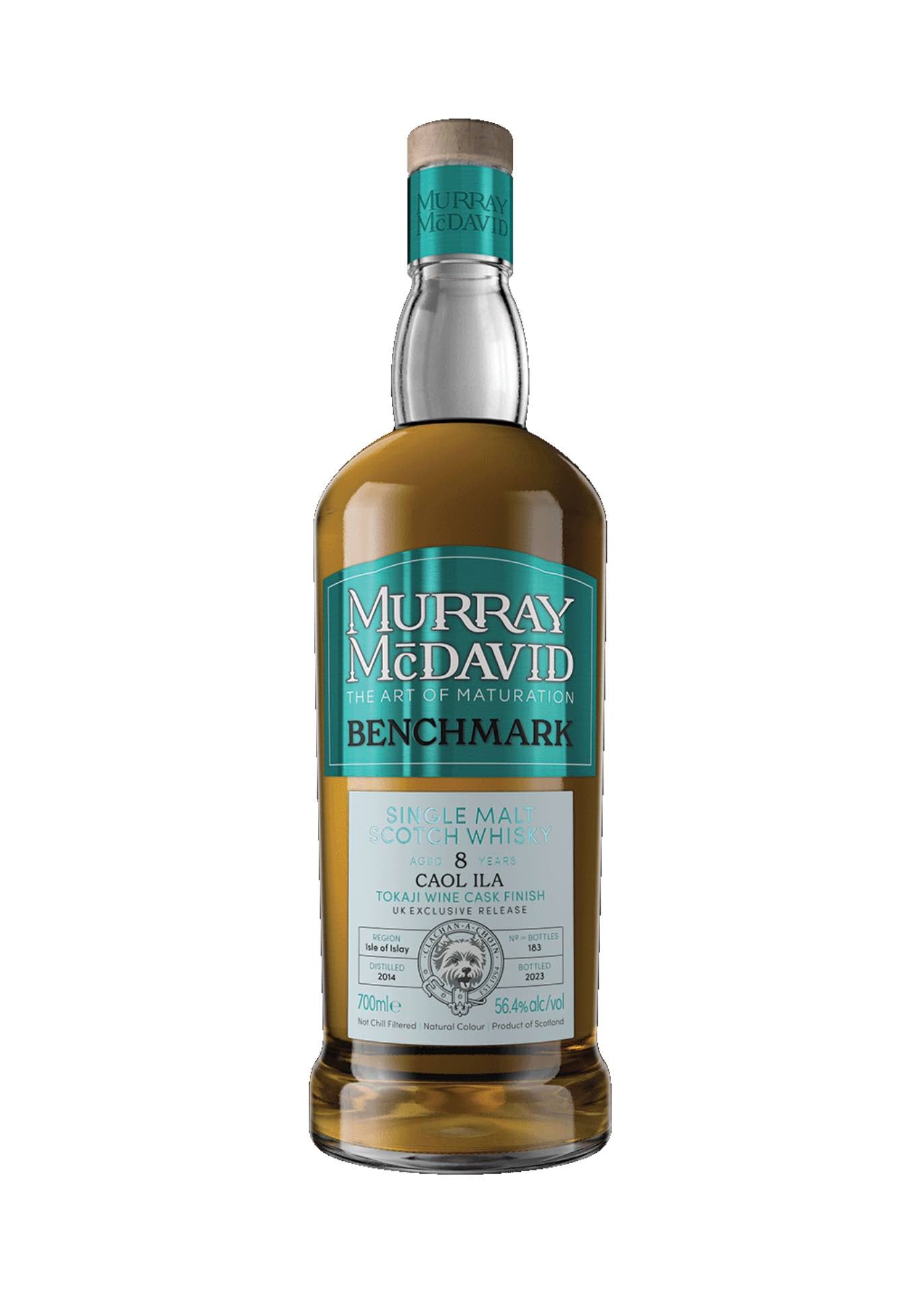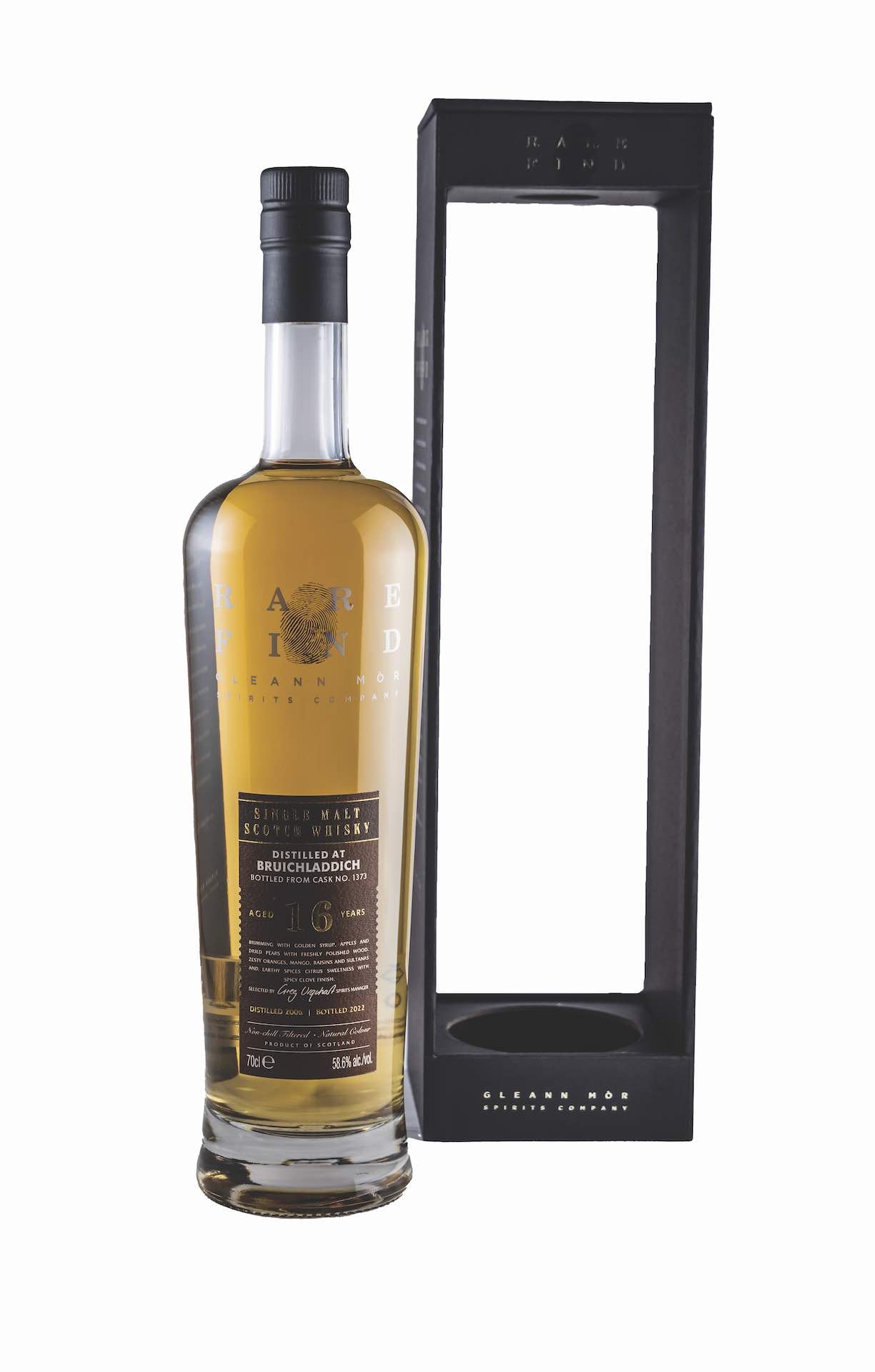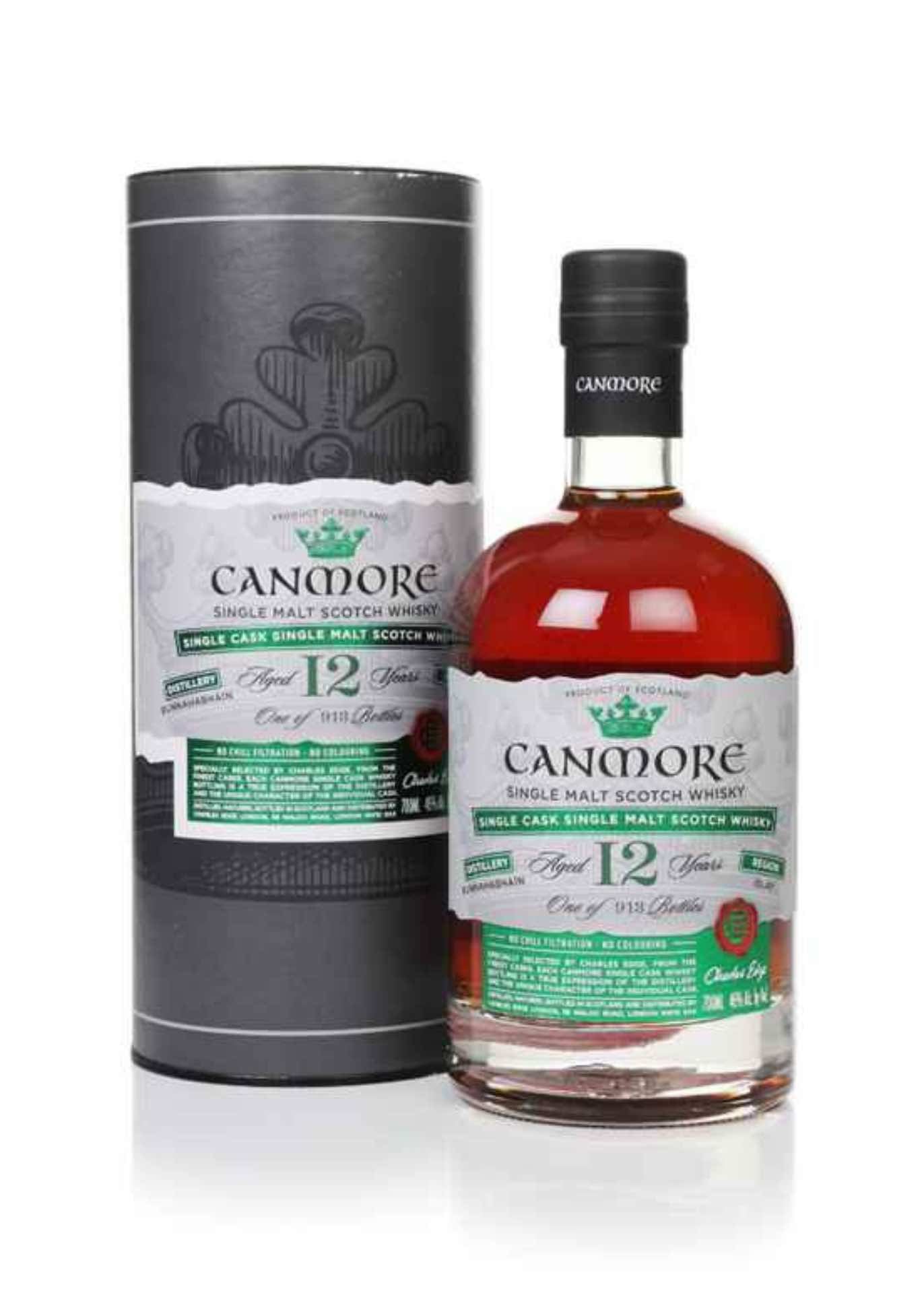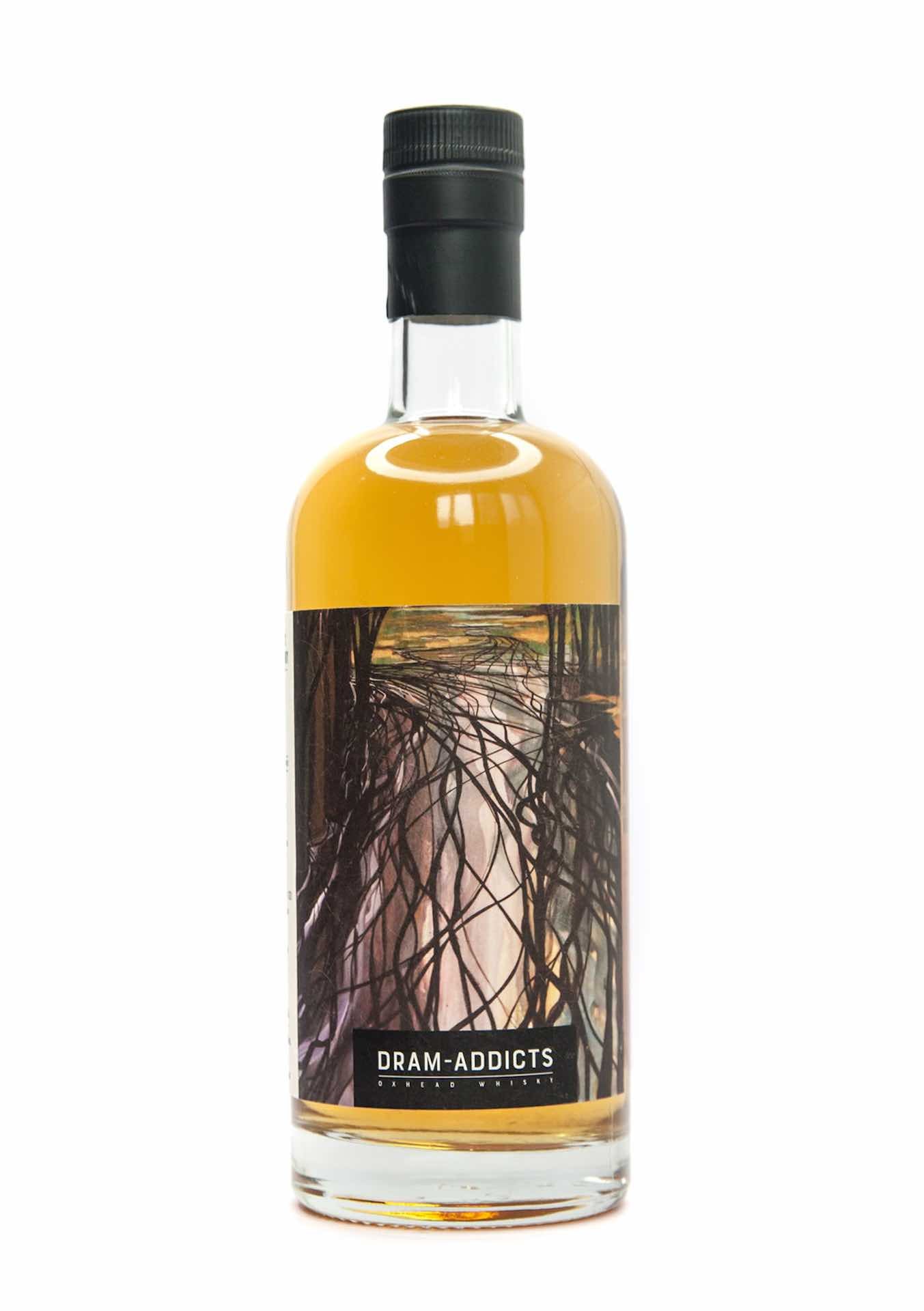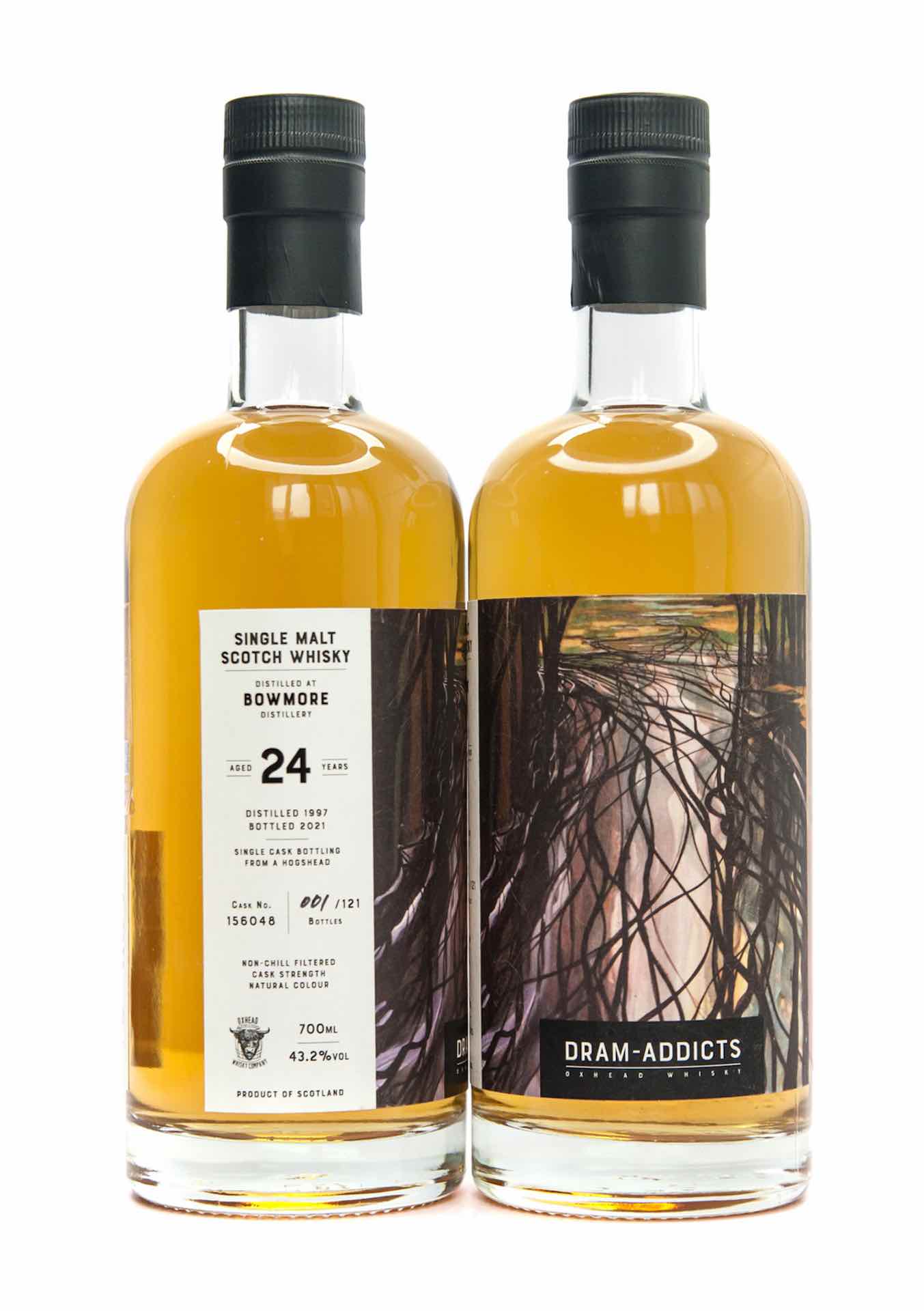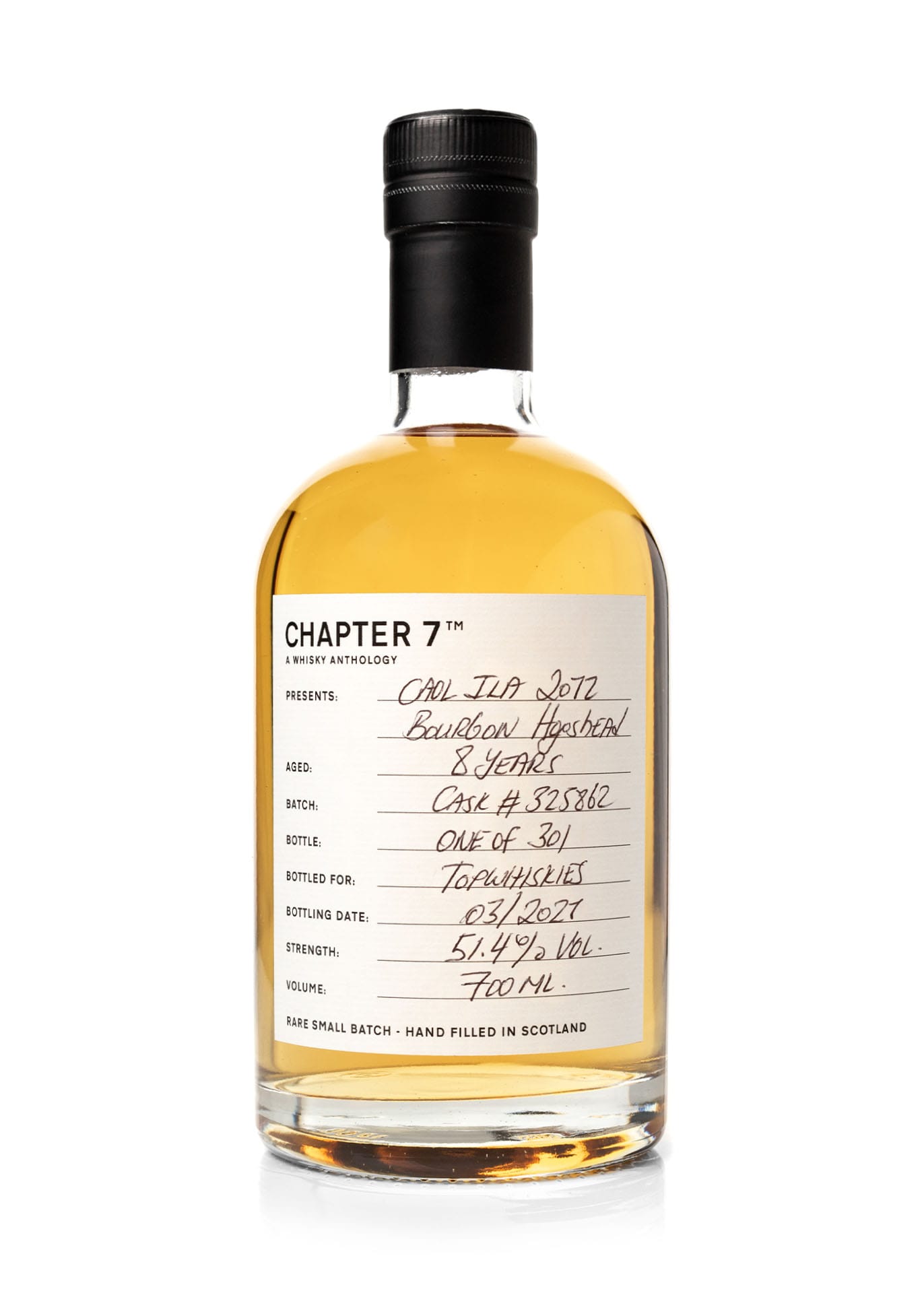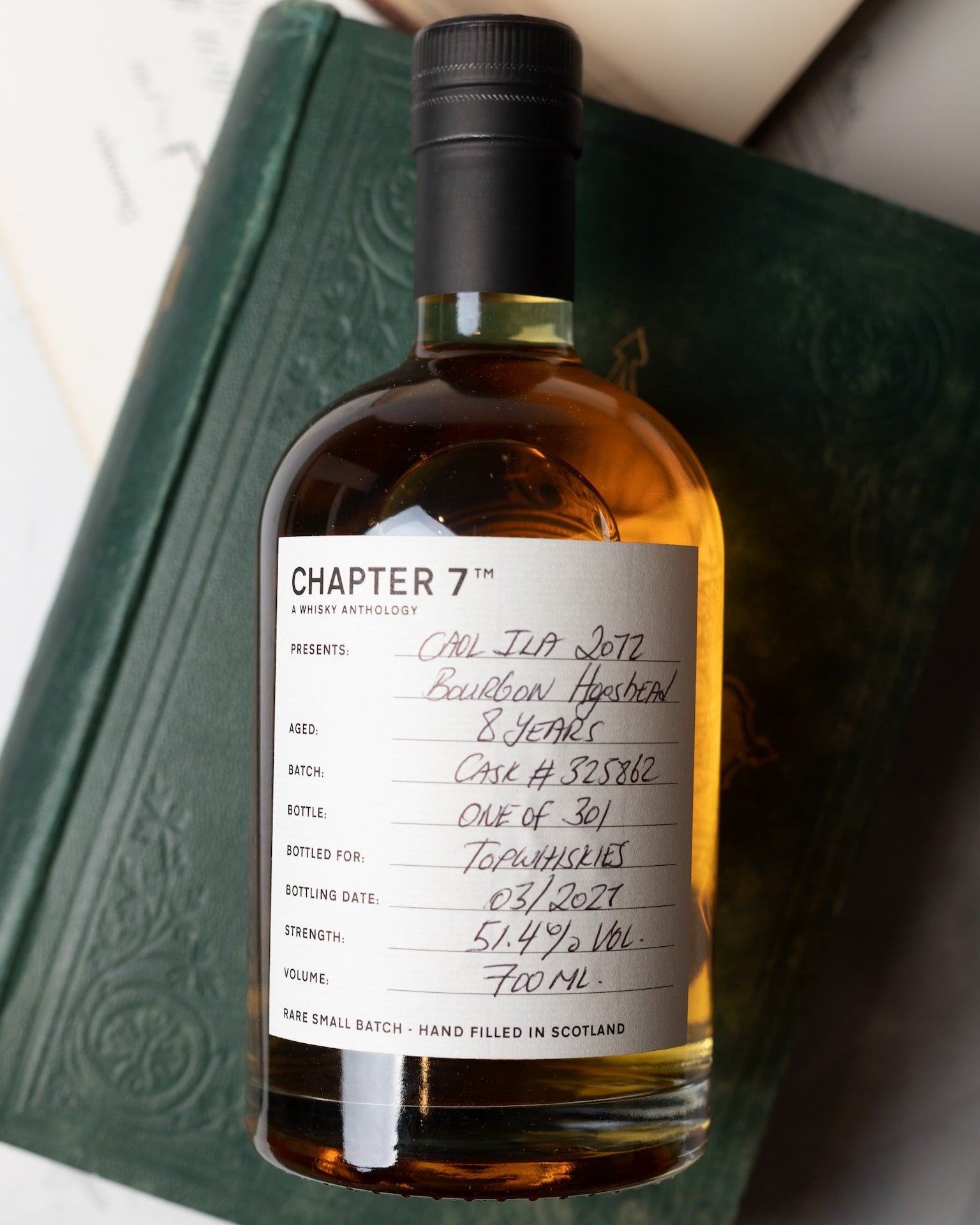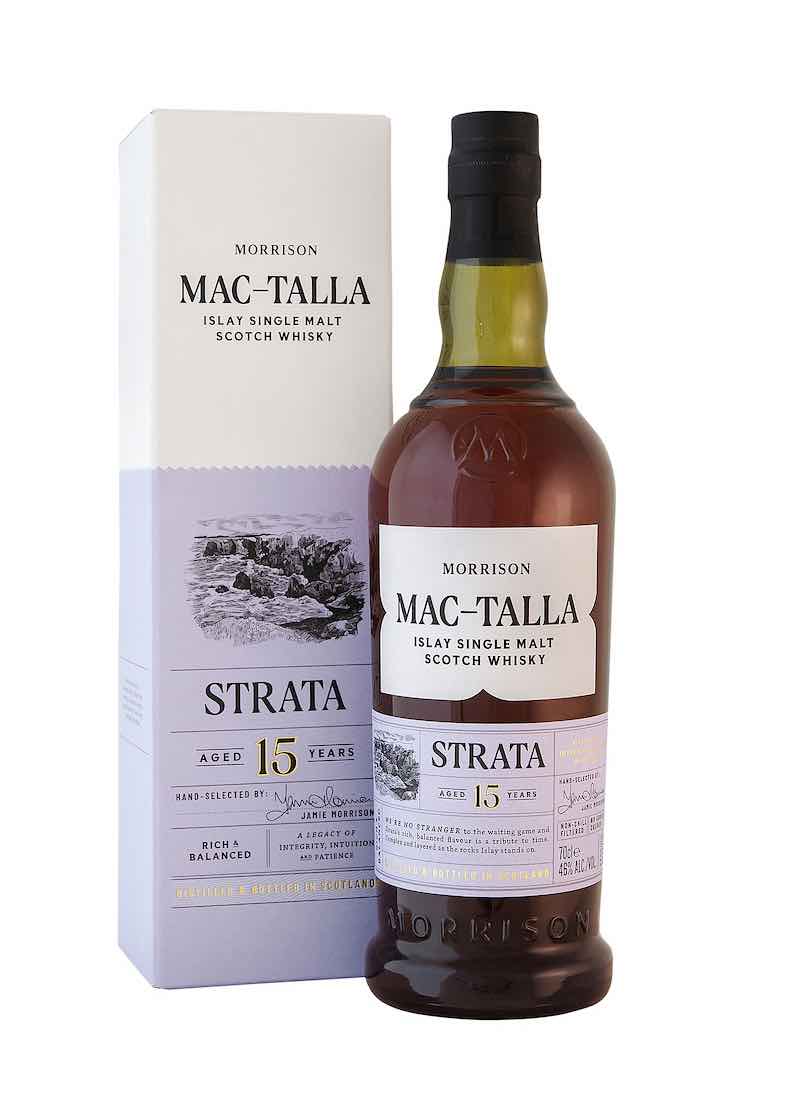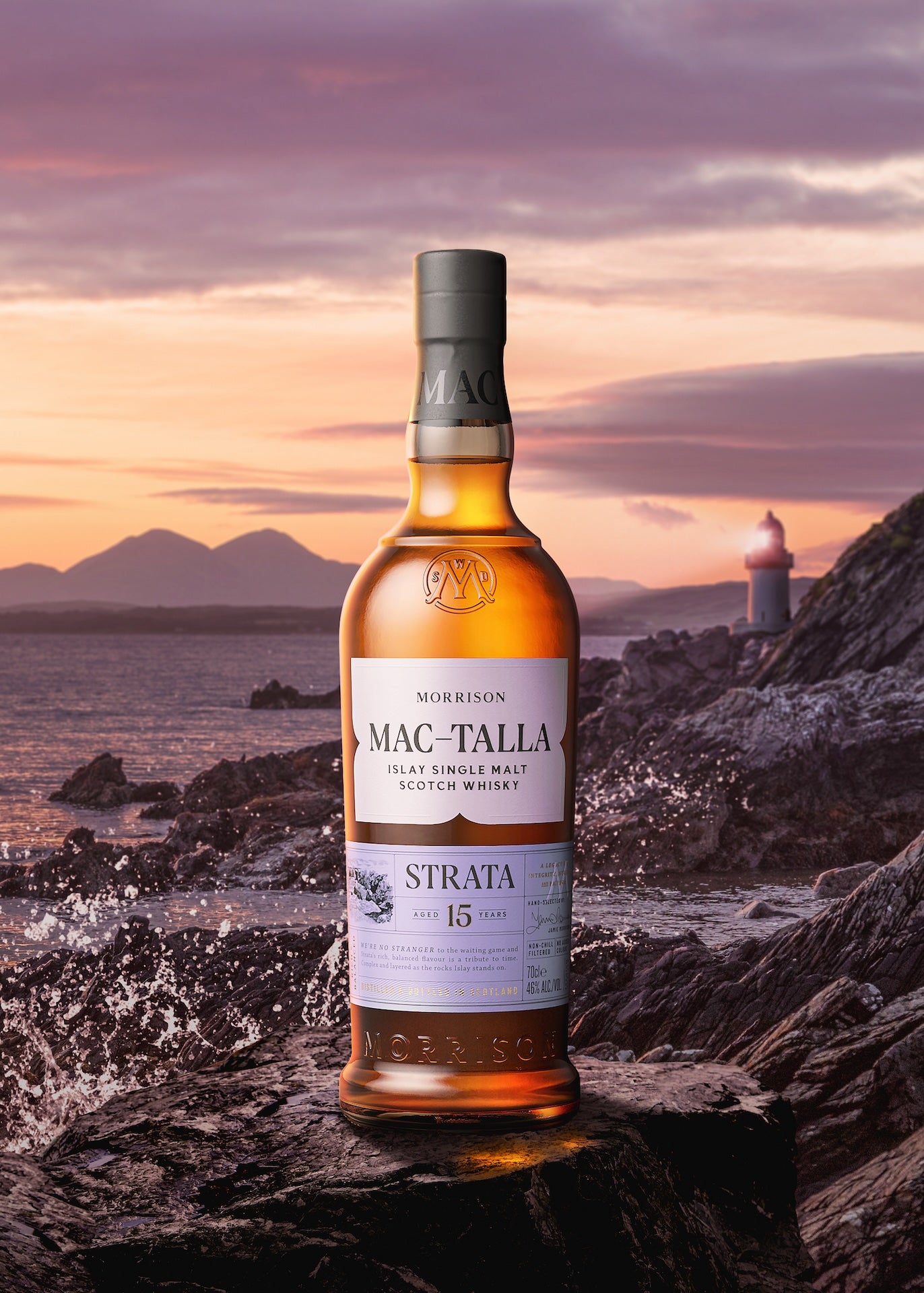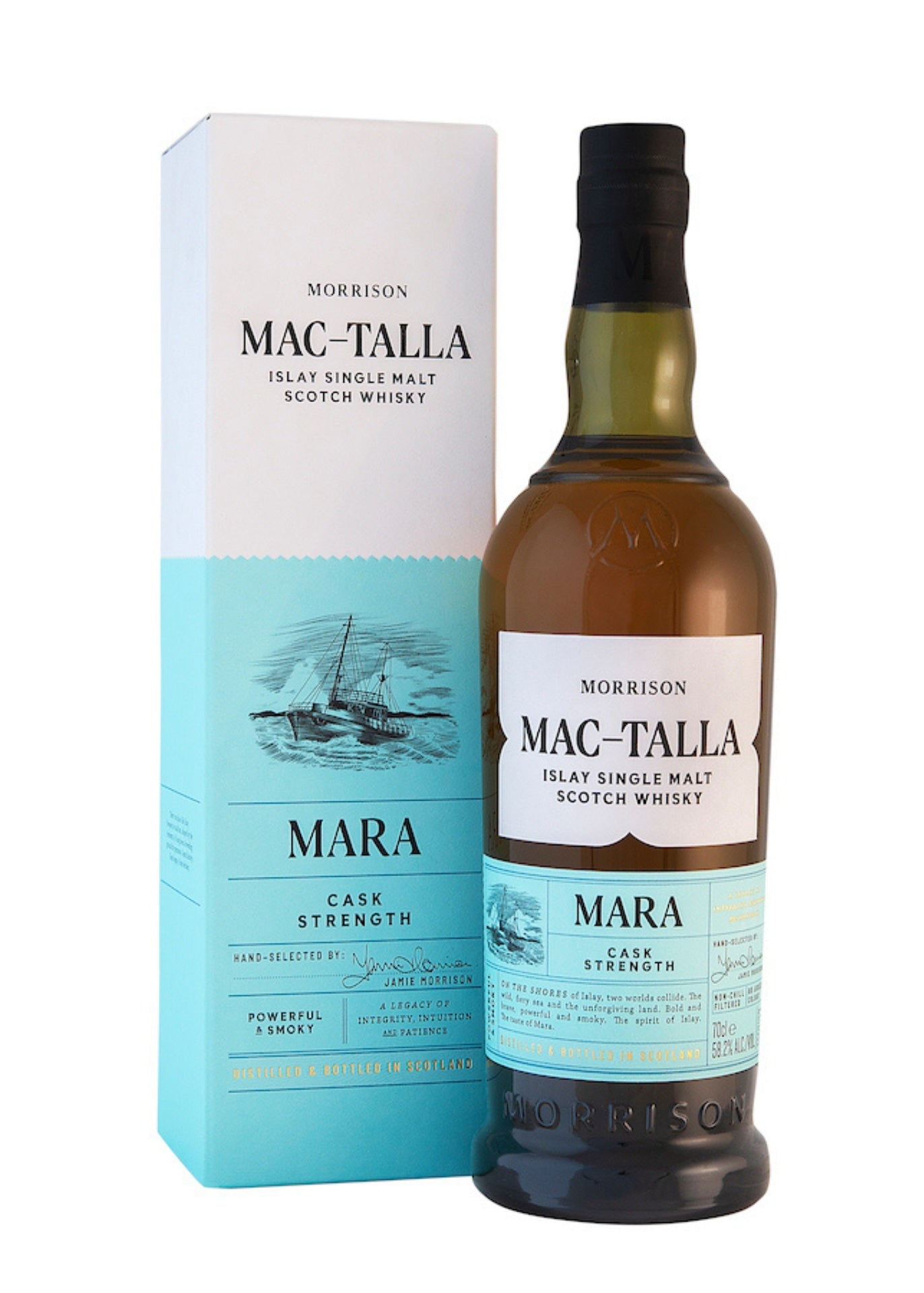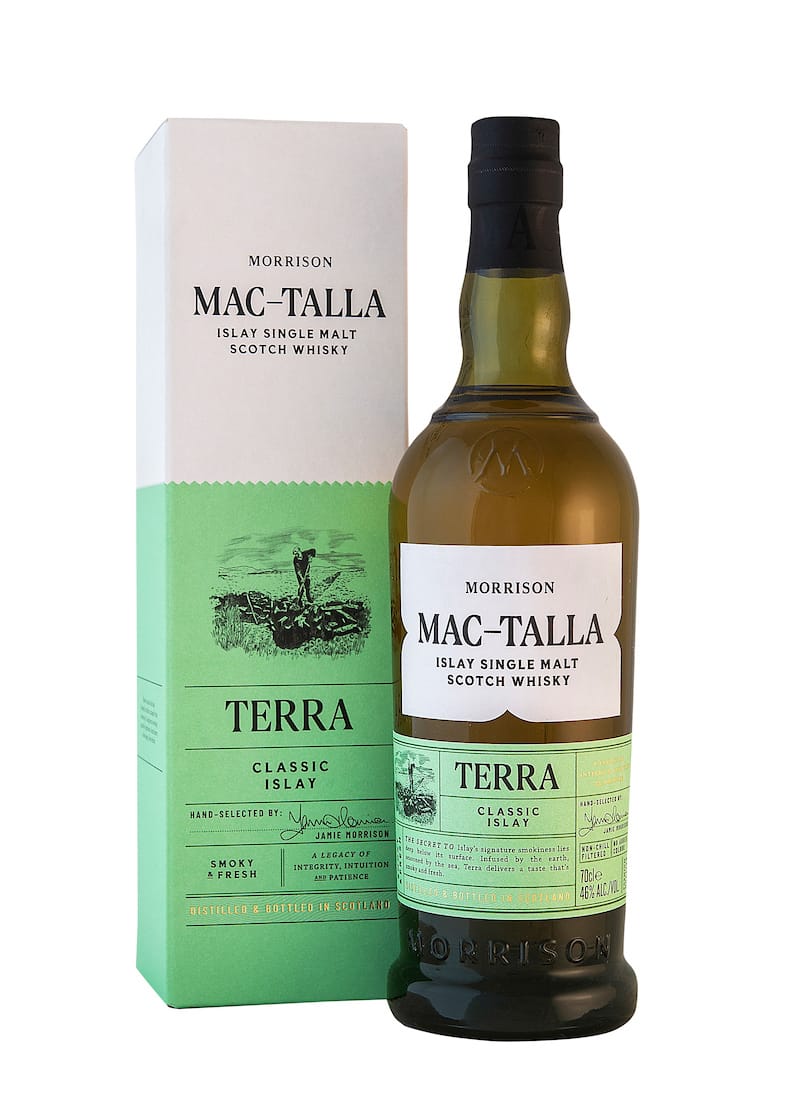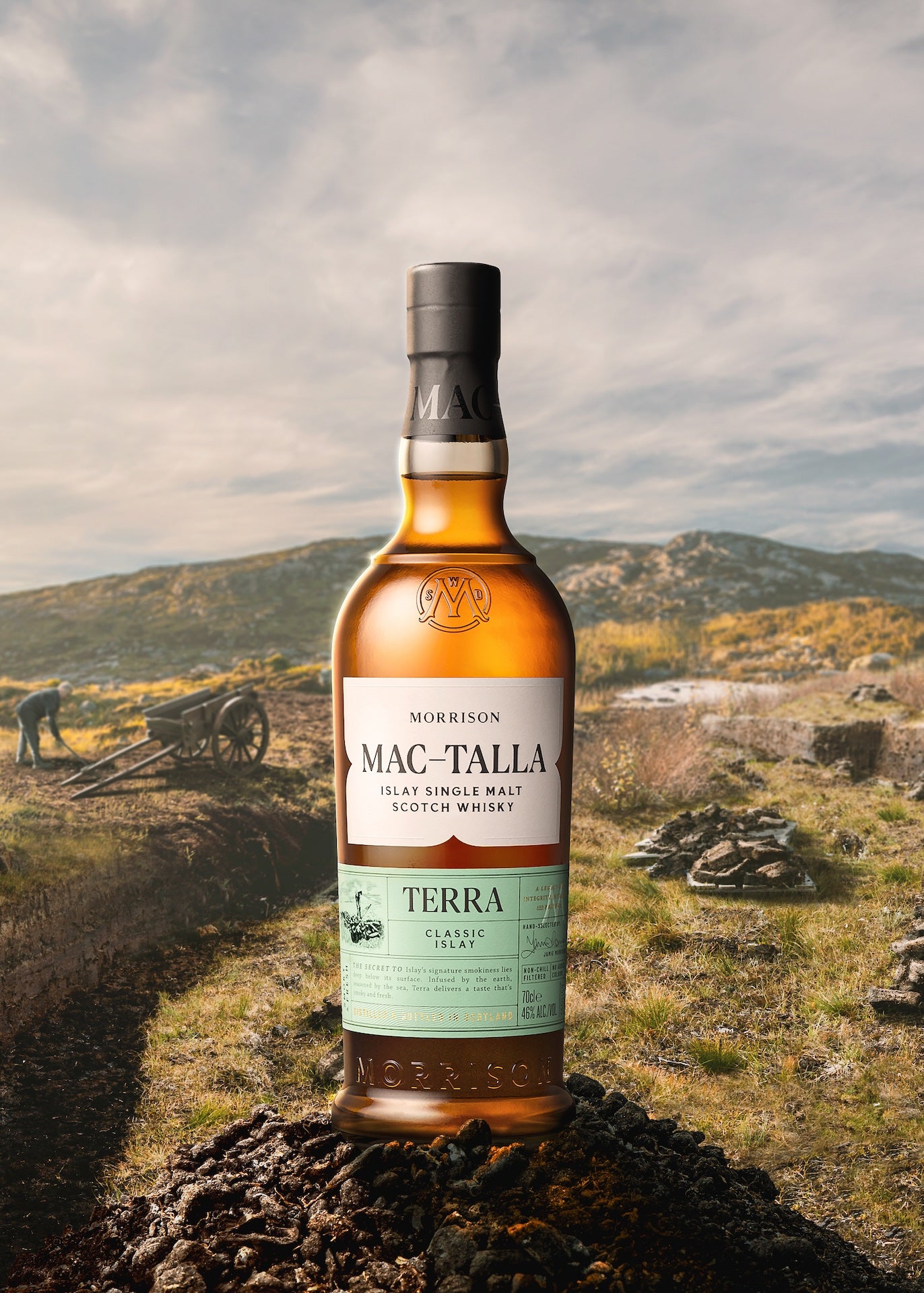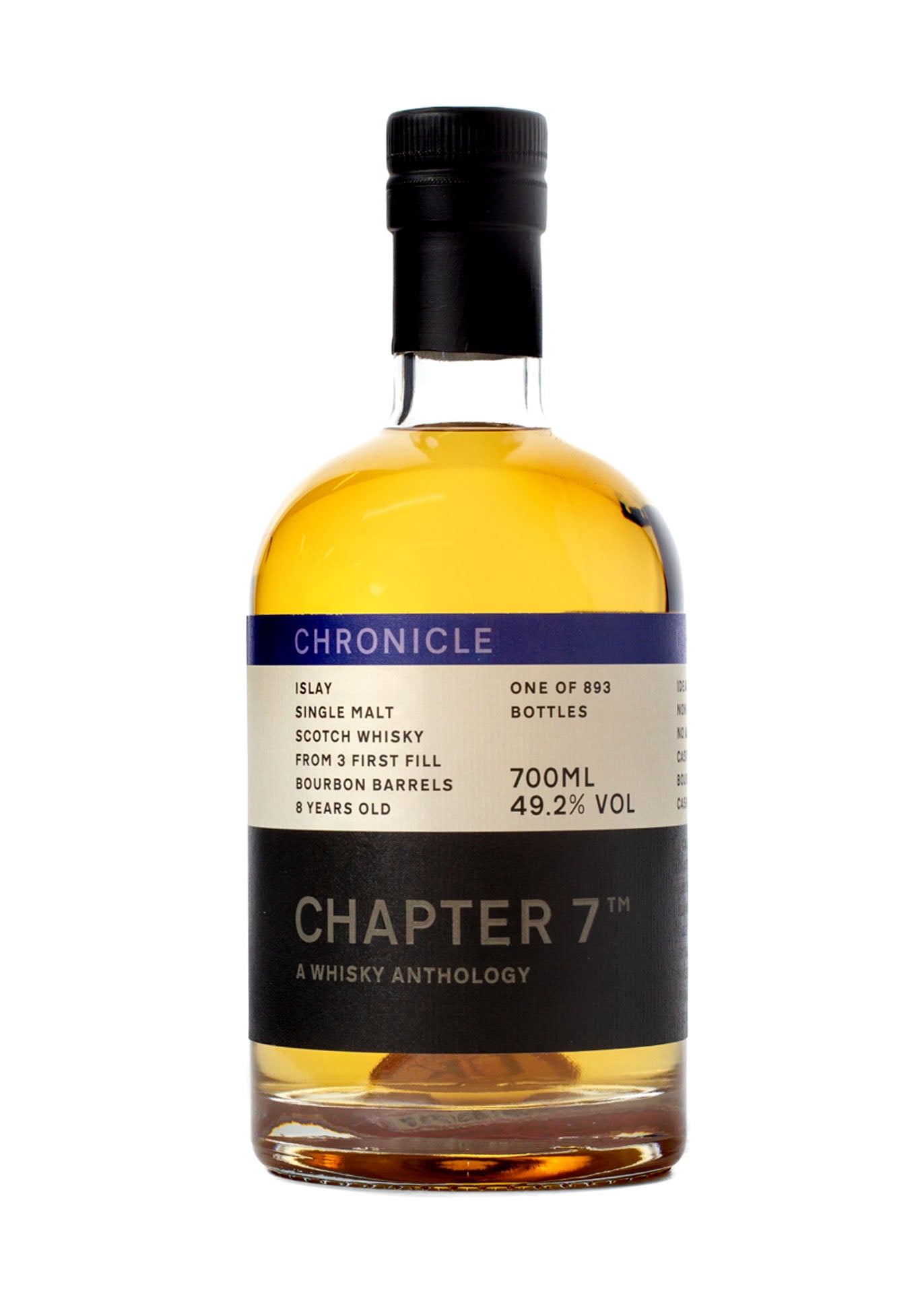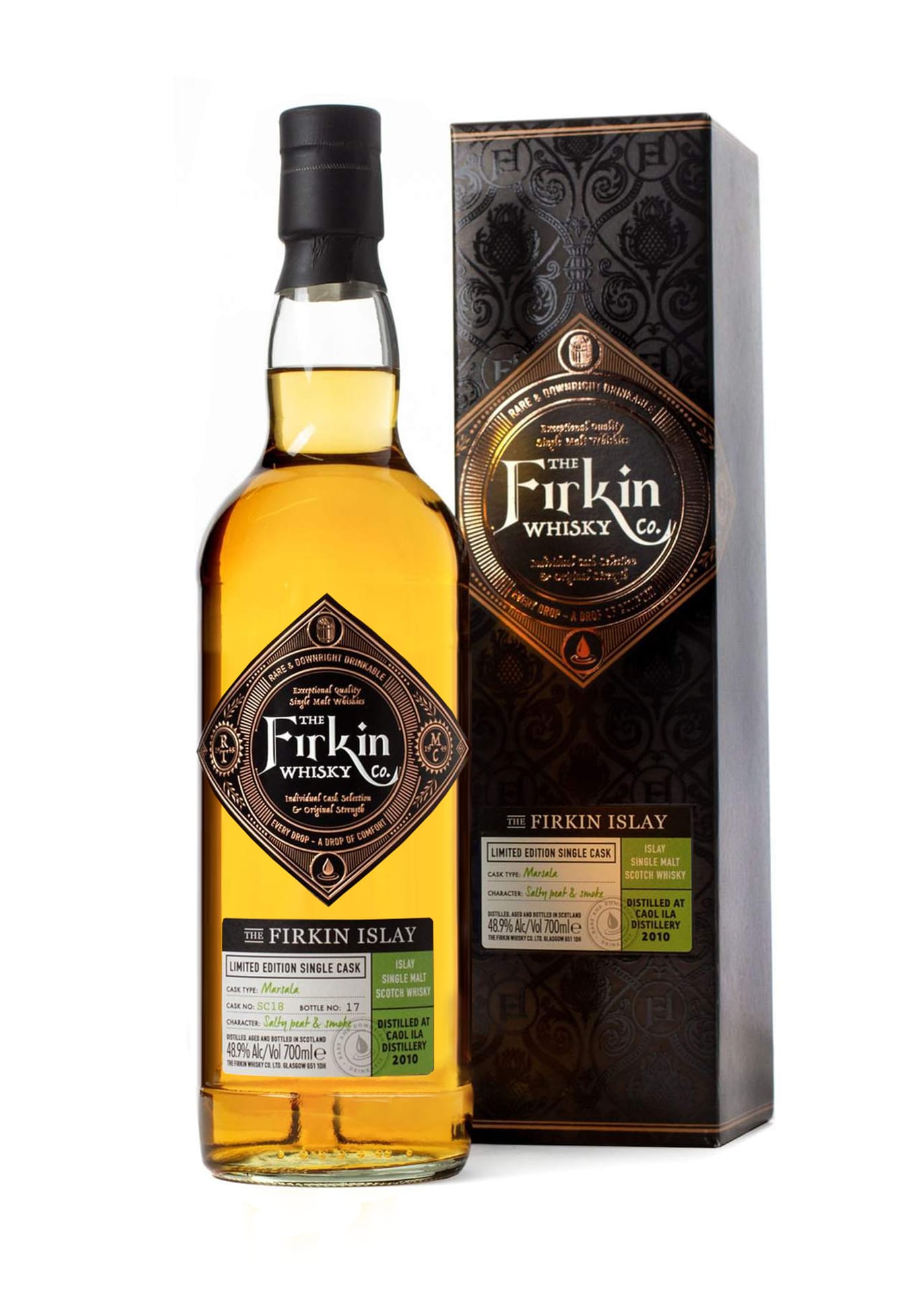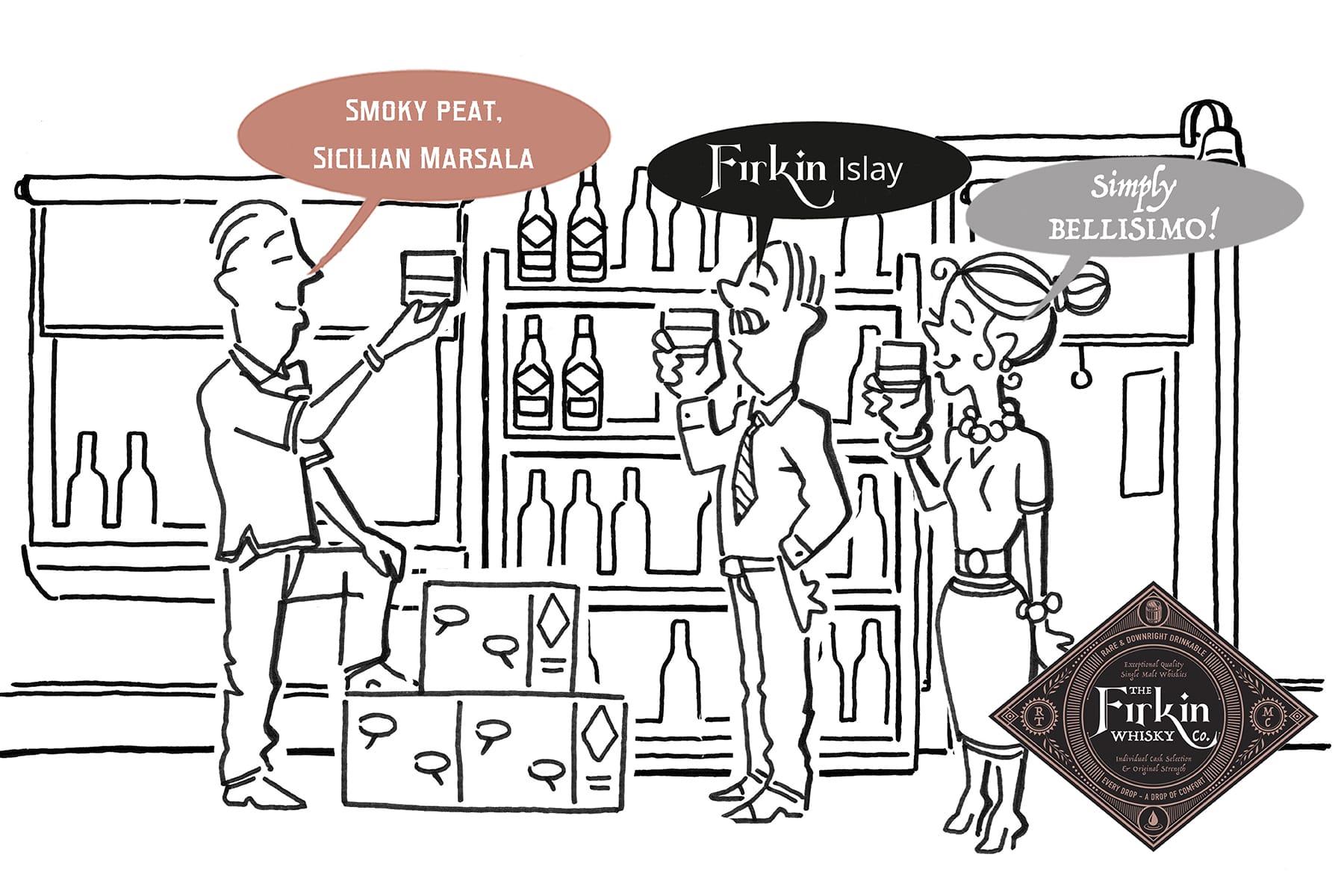Filters
A brief guide to Islay
The basics
Islay whisky refers to Scotch whisky that is produced on the island of Islay, known for its distinctive smoky, peaty flavor profile. Islay’s coastal location, abundant peat, and unique water sources all contribute to the bold and often briny character of its whiskies, making them some of the most recognizable and sought-after in the world.
Islay whisky is typically smoky due to the use of peat, a dense, earthy fuel source made from decomposed plant matter, which is burned during the barley malting process. The peat smoke infuses the barley with a rich, smoky flavor that becomes pronounced in the final whisky. Islay’s abundance of peat and tradition of using it in whisky production is what gives many of its whiskies their iconic smoky character.
Islay whisky is unique for its intense peat smoke and maritime flavors, often with hints of seaweed, salt, and iodine. While other Scotch whisky regions like Speyside or the Highlands produce lighter, fruitier whiskies, Islay’s whiskies are usually bolder, with strong smoky notes. However, there are exceptions, as some Islay distilleries produce unpeated or lightly peated whiskies.
Islay whiskies are often described as having flavours of smoke, peat, salt, and medicinal or maritime notes. Some whiskies also showcase underlying hints of citrus, vanilla, dried fruit, and spice, depending on the distillery’s production methods and cask types used for maturation.
There are currently nine active distilleries on Islay, including well-known names such as Ardbeg, Laphroaig, Lagavulin, and Bruichladdich, with more new distilleries being planned or under construction. Islay is one of the most densely populated whisky regions in Scotland, and its distilleries each contribute a unique interpretation of the island’s iconic whisky style.
The distilleries
Founded in 1815 on Islay’s southern coast, Ardbeg has a rich history rooted in traditional whisky-making. Known for its heavily peated style, Ardbeg’s whiskies are among the smokiest in Scotland, yet they balance this intensity with surprising complexity and sweetness. Using soft water from Loch Uigeadail and a careful distillation process, Ardbeg produces a spirit that often showcases bold peat smoke, citrus, and a hint of brine, embodying the rugged character of Islay’s coastal environment.
One of Islay’s newest distilleries, Ardnahoe was established in 2018 on the island’s northeastern coast, near Port Askaig. With a commitment to traditional whisky-making, Ardnahoe uses long fermentation and slow distillation to develop a spirit rich in flavor. Sourcing pure water from Loch Ardnahoe and employing peated malt, the distillery produces a whisky that is smoky yet smooth, with notes of fruit, peat, and a hint of salinity, capturing the essence of Islay’s coastal terroir.
Bowmore, established in 1779 in the town of the same name, is one of Scotland’s oldest distilleries. Known for its balanced approach to peating, Bowmore’s whisky captures the essence of Islay without overwhelming intensity. Its location on Loch Indaal allows the whisky to develop subtle maritime influences alongside its signature peat smoke. Bowmore’s spirit is known for its elegance, combining smoky and fruity notes with hints of chocolate and a distinctive smoothness that appeals to a broad range of whisky drinkers.
Founded in 1881 on the shores of Loch Indaal, Bruichladdich is unique on Islay for its wide-ranging approach to whisky styles, producing unpeated, lightly peated, and heavily peated expressions. The distillery places a strong emphasis on using local ingredients and has revived traditional methods to create a spirit with distinctive character. Known for its complex flavor profile, Bruichladdich’s whisky often displays floral, citrus, and briny notes, showcasing the softer side of Islay while embracing its coastal influence.
Founded in 1881 on the northeastern shore of Islay, Bunnahabhain stands apart from many other Islay distilleries due to its focus on unpeated whisky. The distillery’s sheltered coastal location by the Sound of Islay imparts a gentle maritime influence to its spirit. Known for a softer, complex profile, Bunnahabhain’s whisky often showcases notes of dried fruit, nuts, and a touch of salt, providing a distinctive and approachable alternative within the typically peated landscape of Islay.
Located near Port Askaig and established in 1846, Caol Ila distillery produces a style that is both distinctively Islay and refined. With its lighter peating levels and a focus on balance, Caol Ila’s whisky is known for a clean, fresh character with hints of smoke, citrus, and subtle salinity. The distillery’s location on the Sound of Islay contributes a coastal element, while its careful distillation process produces a versatile spirit that is appreciated both as a single malt and a key component in blends.
As one of the newest distilleries on Islay, founded in 2005, Kilchoman is unique in its commitment to producing farm-to-bottle whisky. Located on a working farm near Machir Bay, Kilchoman grows its own barley, malts on-site, and uses traditional peat drying methods. Kilchoman’s whisky style is robust and peaty, with layers of vanilla, citrus, and fresh malt, capturing both Islay’s bold character and the distillery’s artisanal approach to whisky-making.
Lagavulin, established in 1816 near the village of Port Ellen, is revered for its powerful, smoky single malts. Positioned on the shore of Lagavulin Bay, the distillery draws on the rich peat from Islay’s bogs to create a signature style that is both intense and refined. With slow distillation and extended maturation, Lagavulin’s whisky develops layers of peat smoke, dried fruit, and maritime notes, resulting in a complex, full-bodied profile that’s cherished by connoisseurs worldwide.
Founded in 1815 on Islay’s south coast, Laphroaig is known for producing some of the island’s most distinctively medicinal and peaty whiskies. The distillery uses water from the Kilbride Stream and peat from nearby bogs, imparting intense flavors of iodine, seaweed, and smoke to its spirit. Laphroaig’s unique production methods, including floor malting and drying the barley over peat fires, give it a bold, unmistakable character that has earned it both devoted fans and a unique place among Islay’s peated malts.
